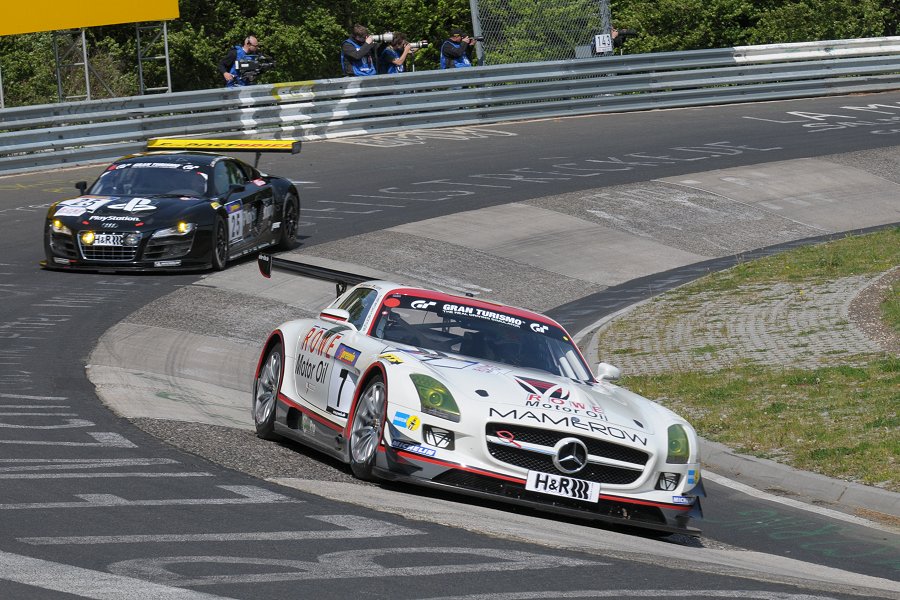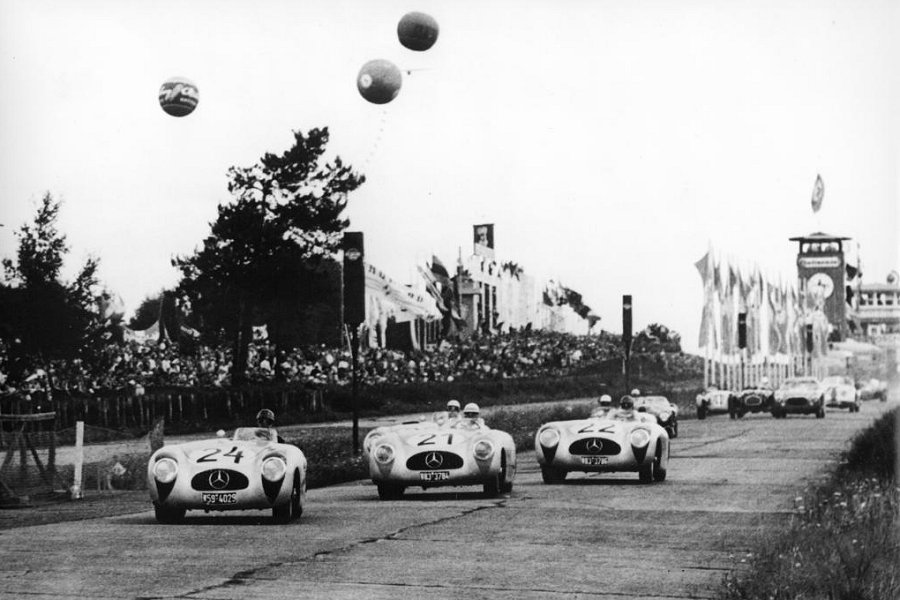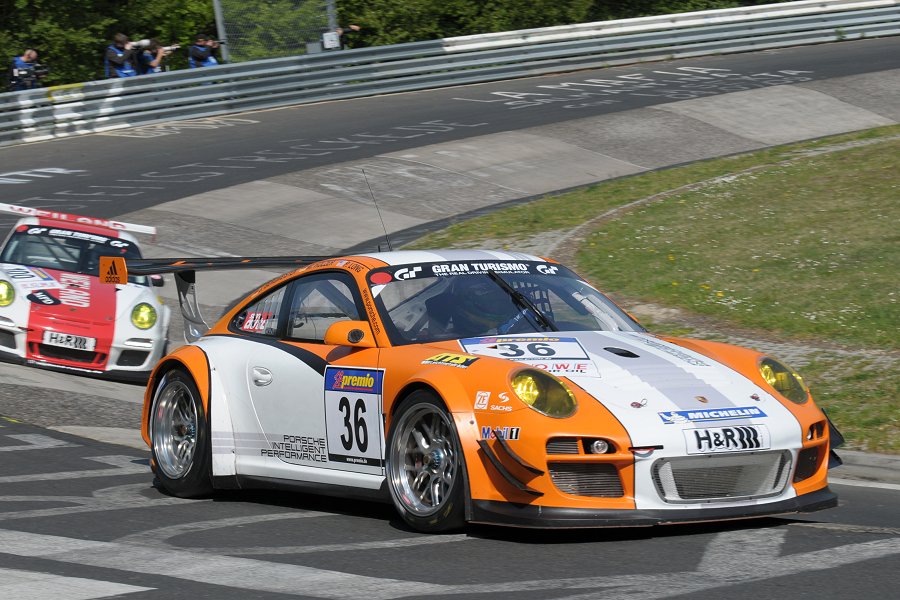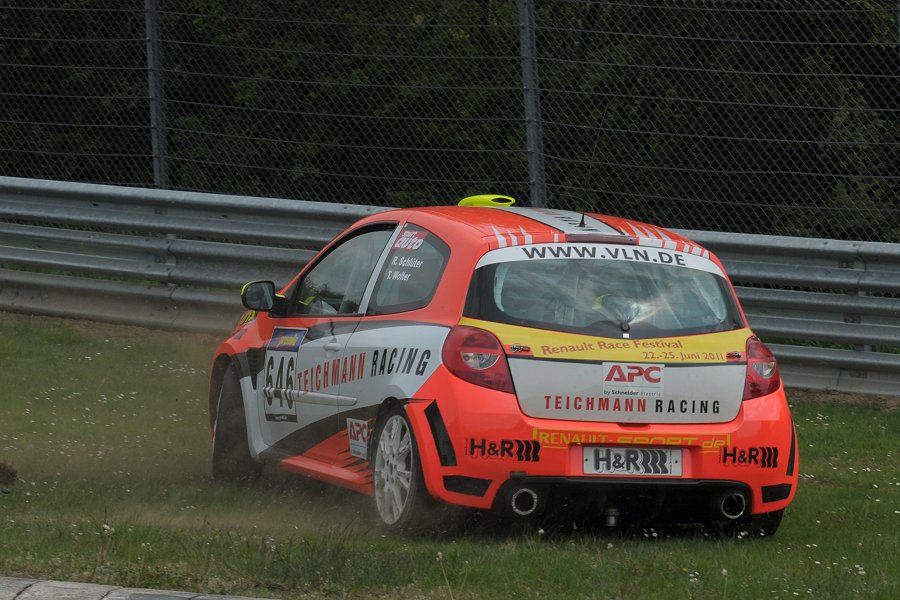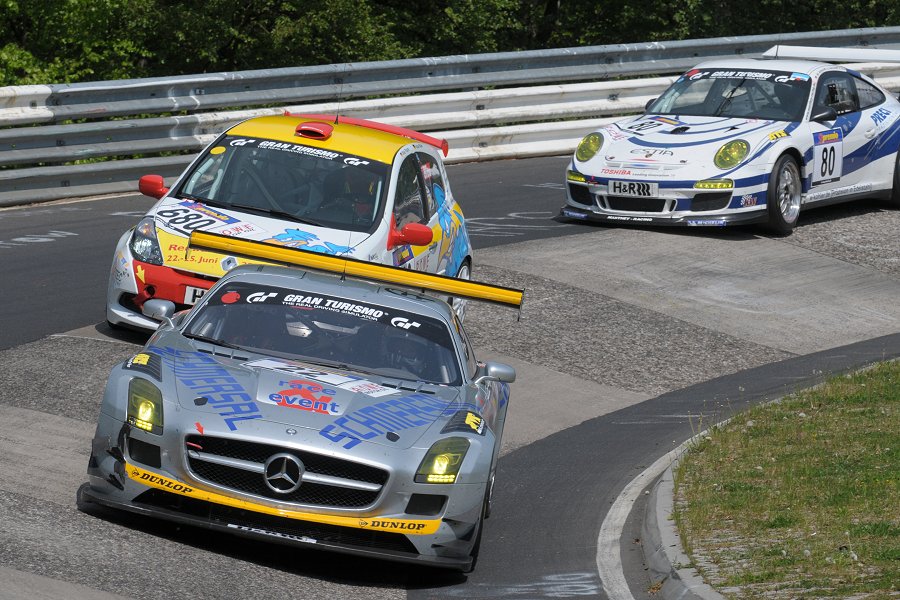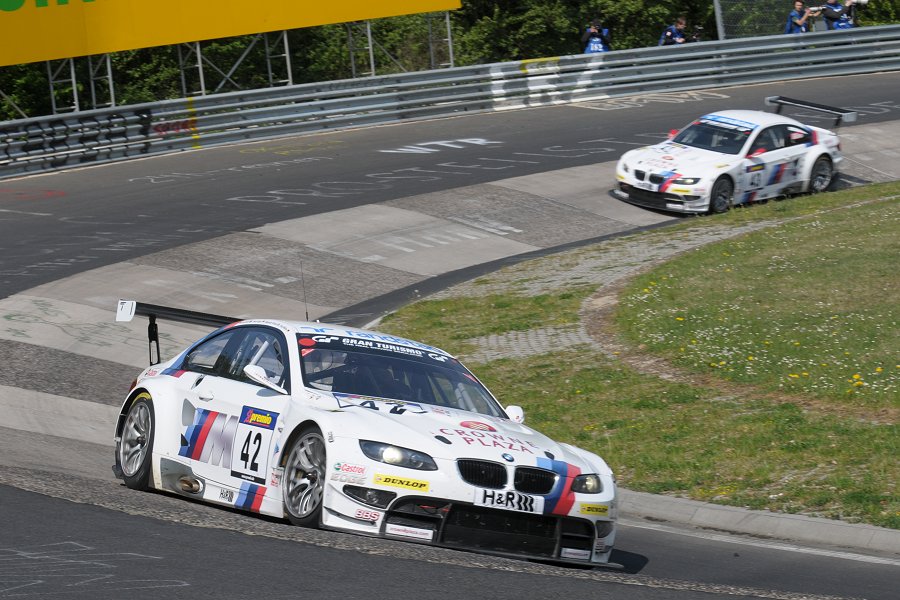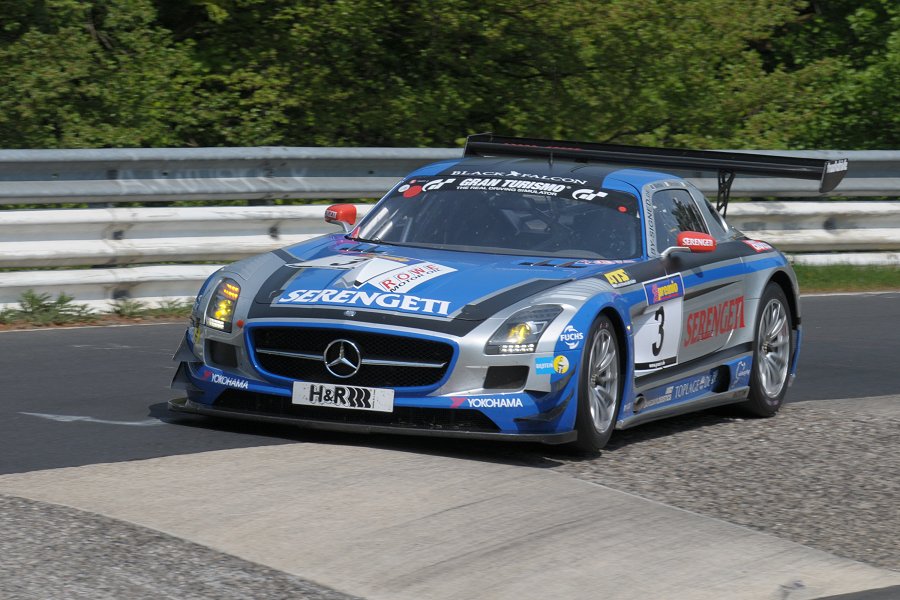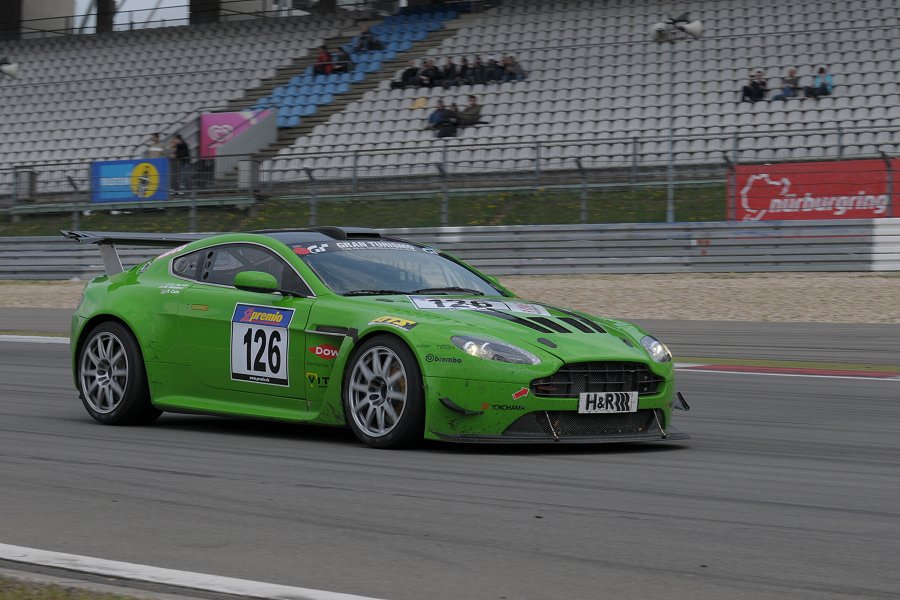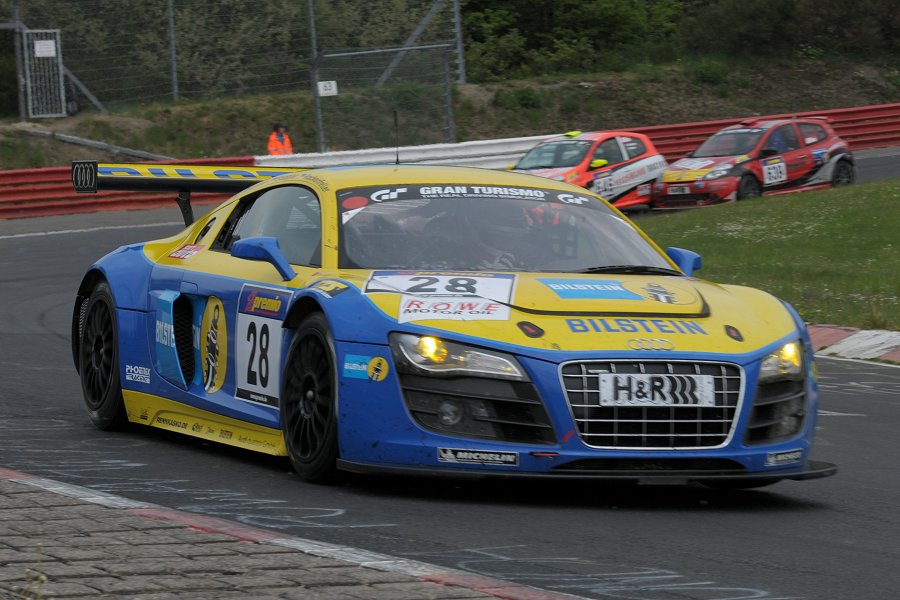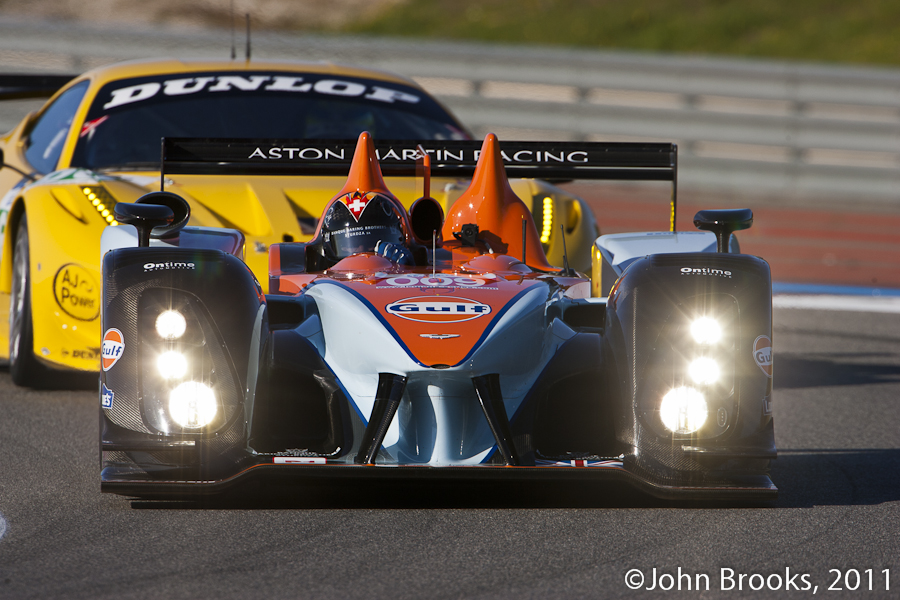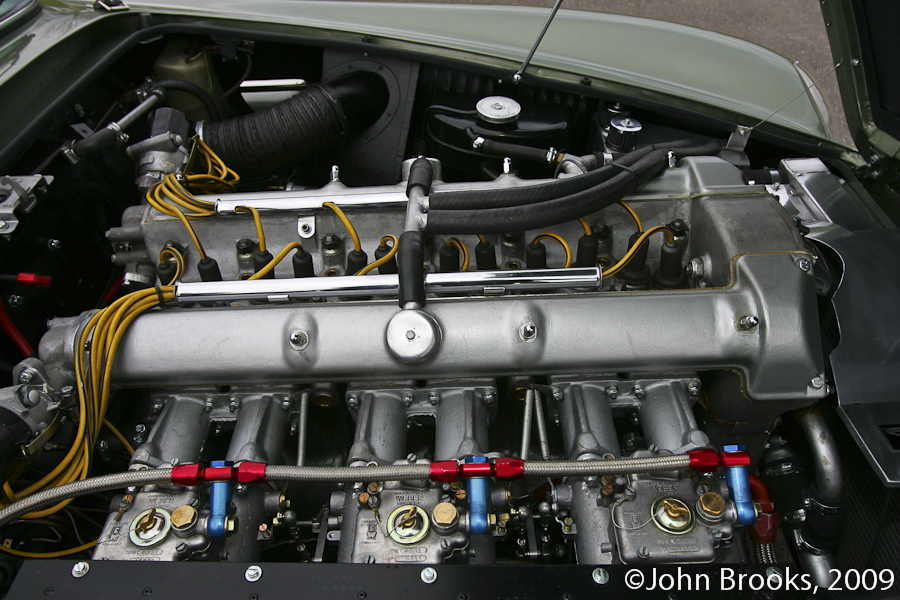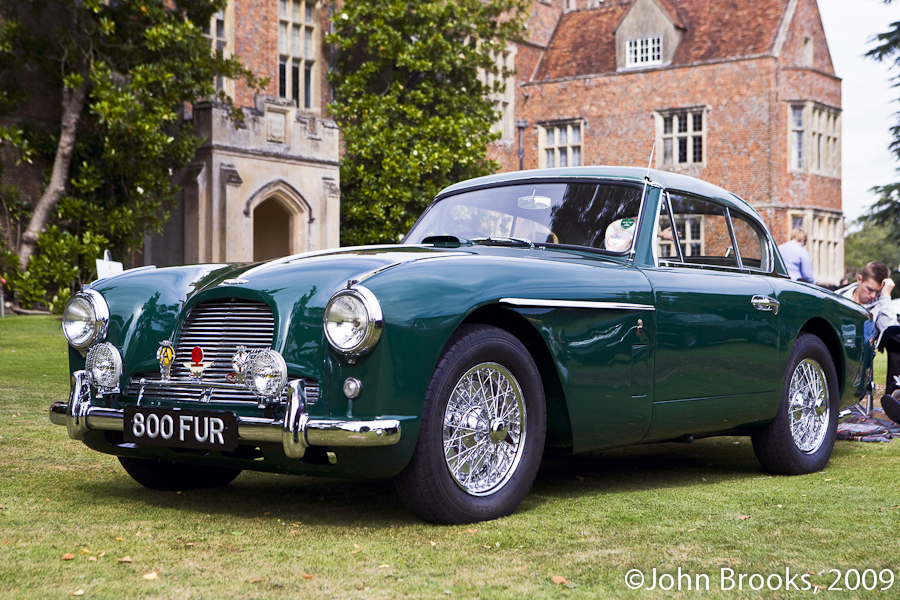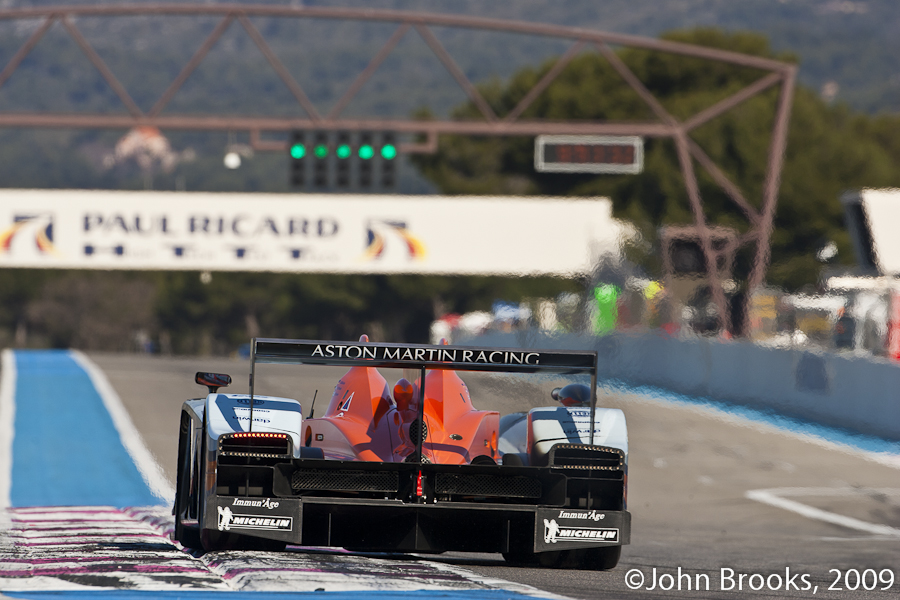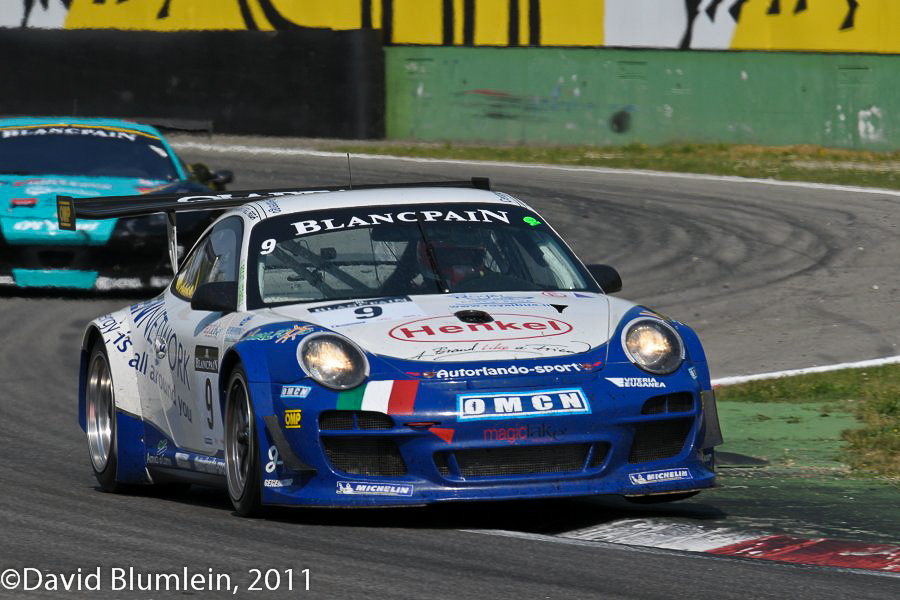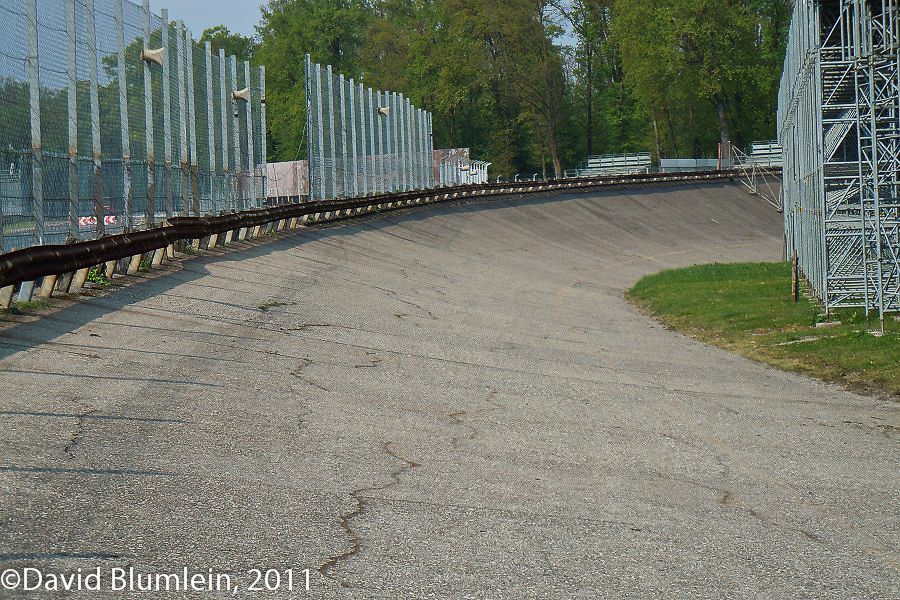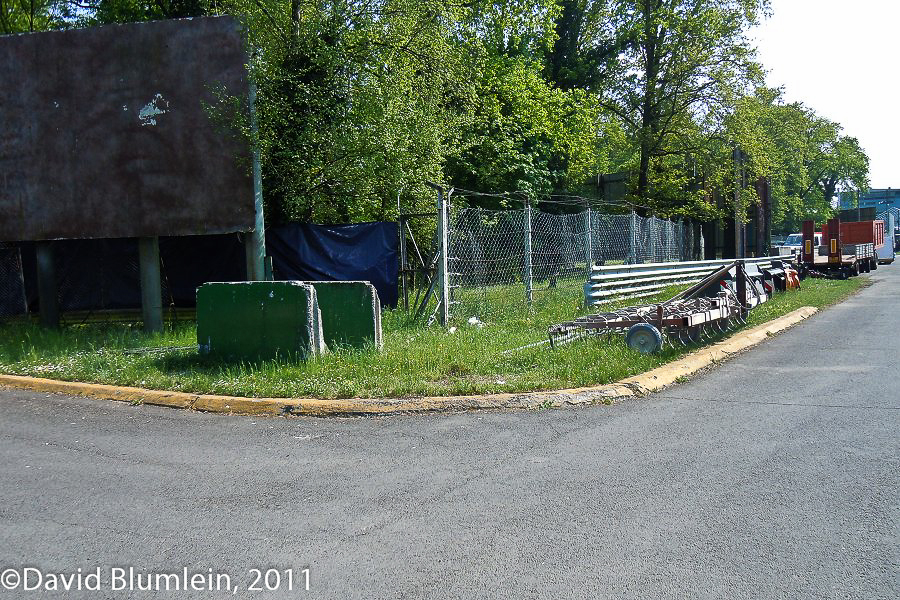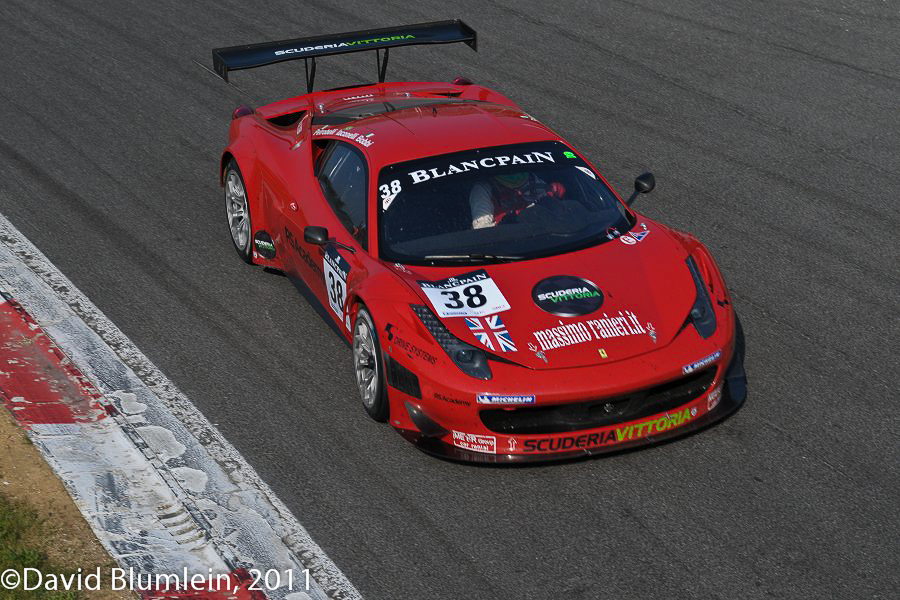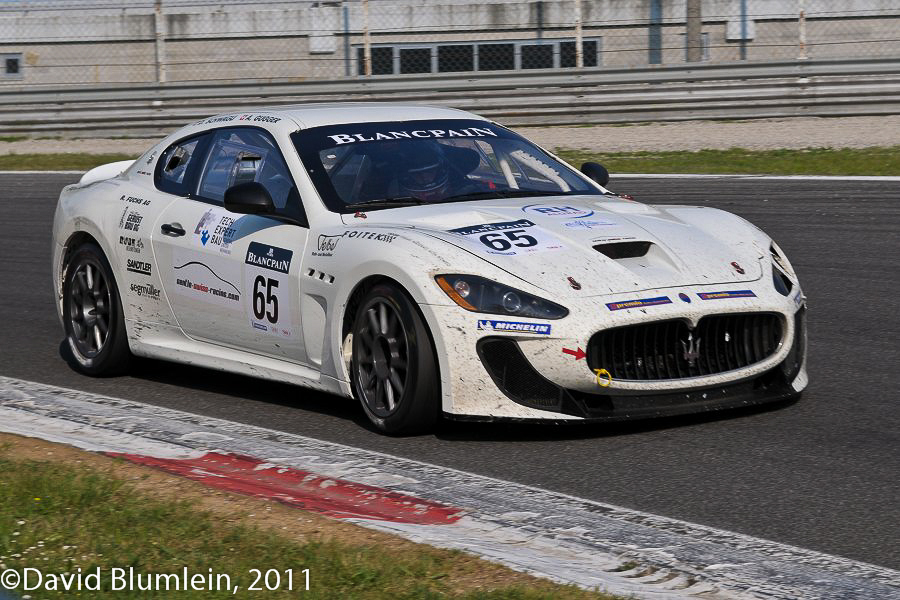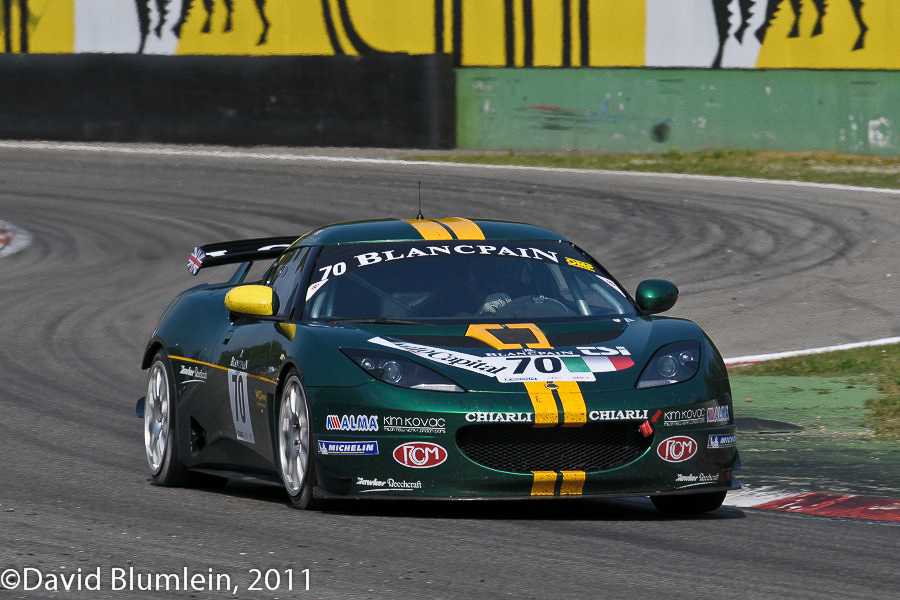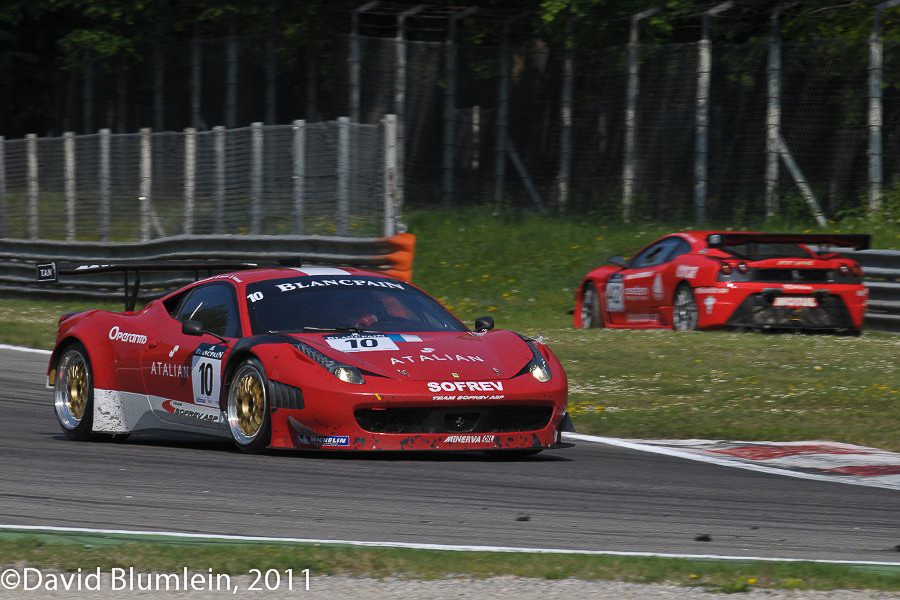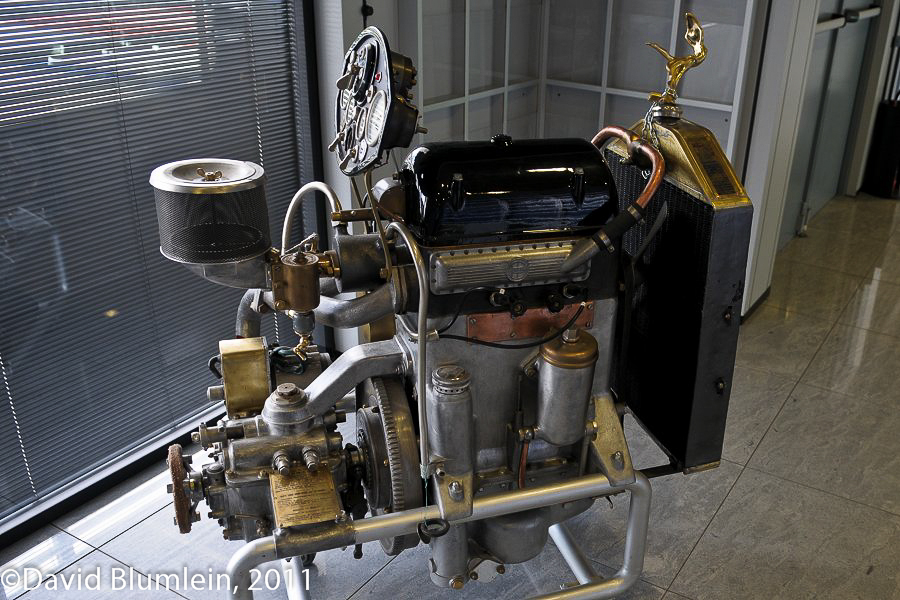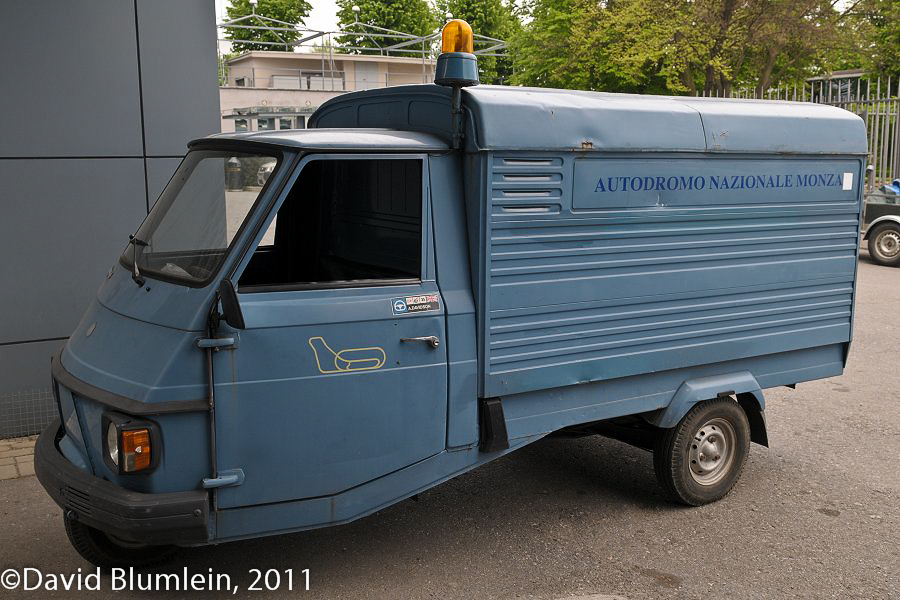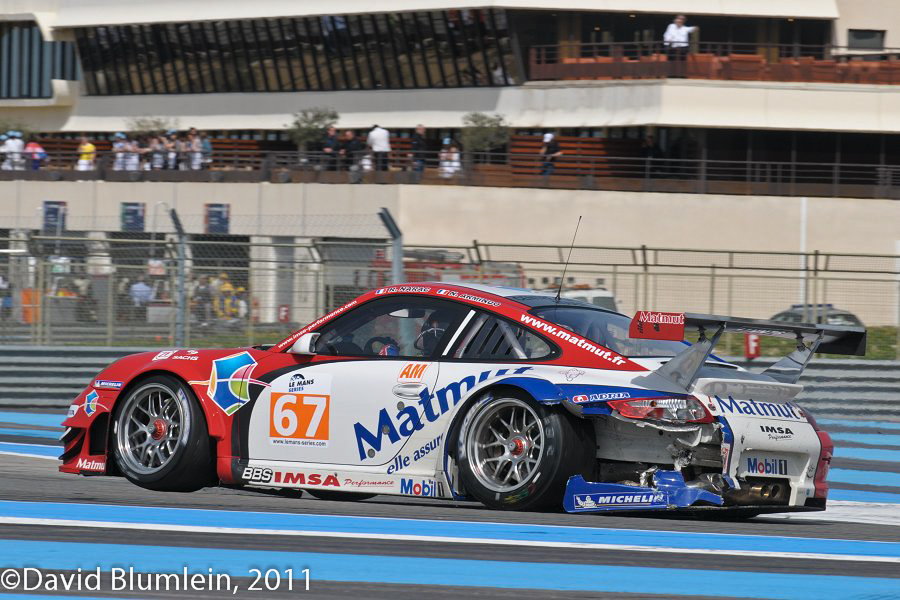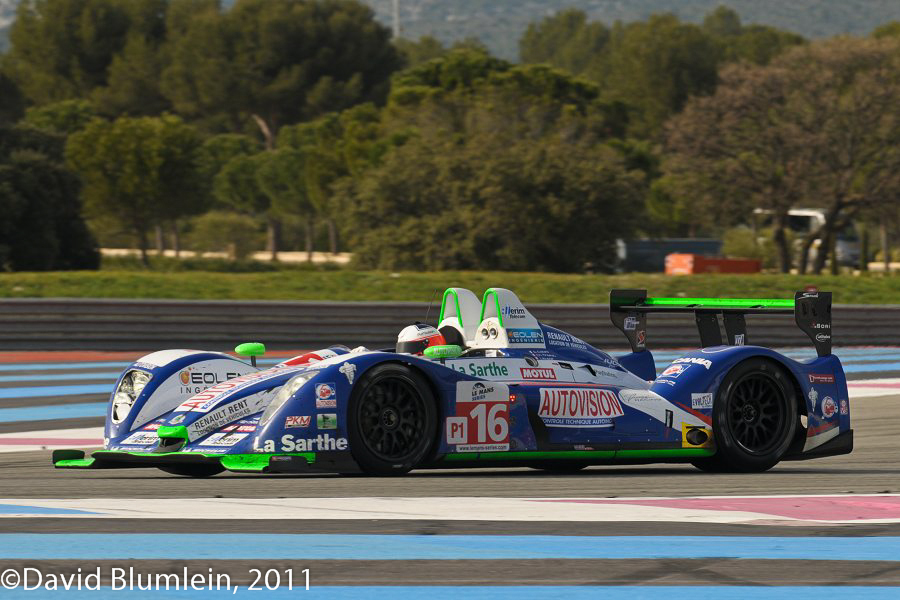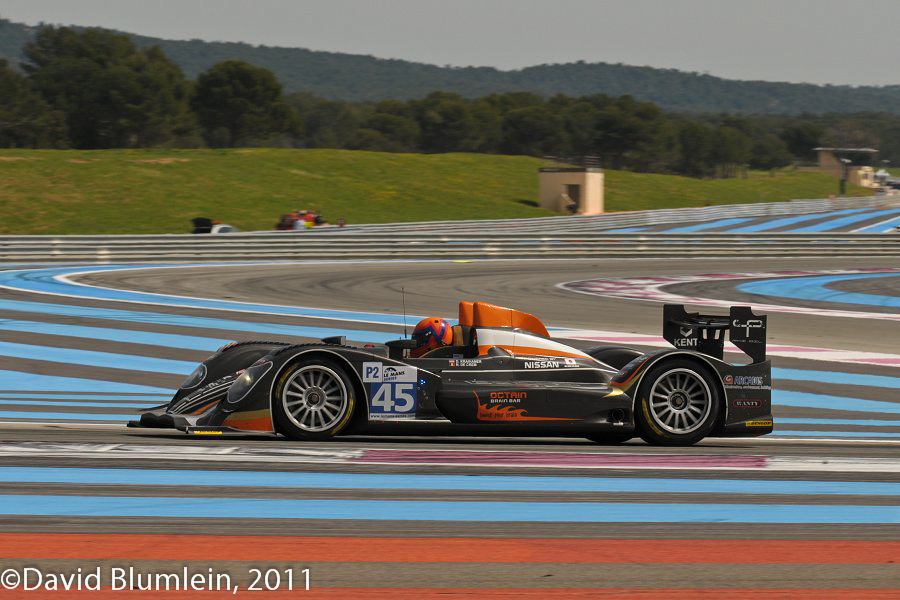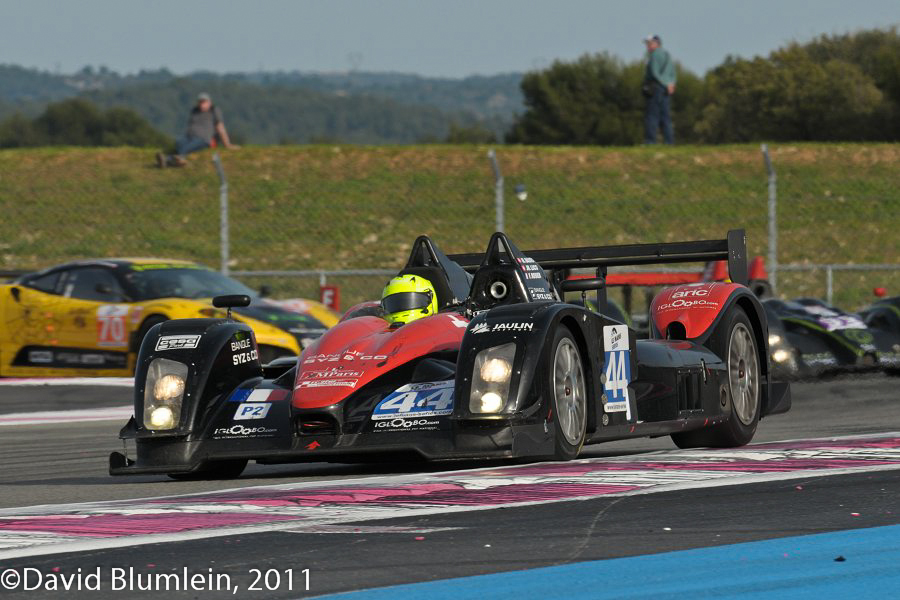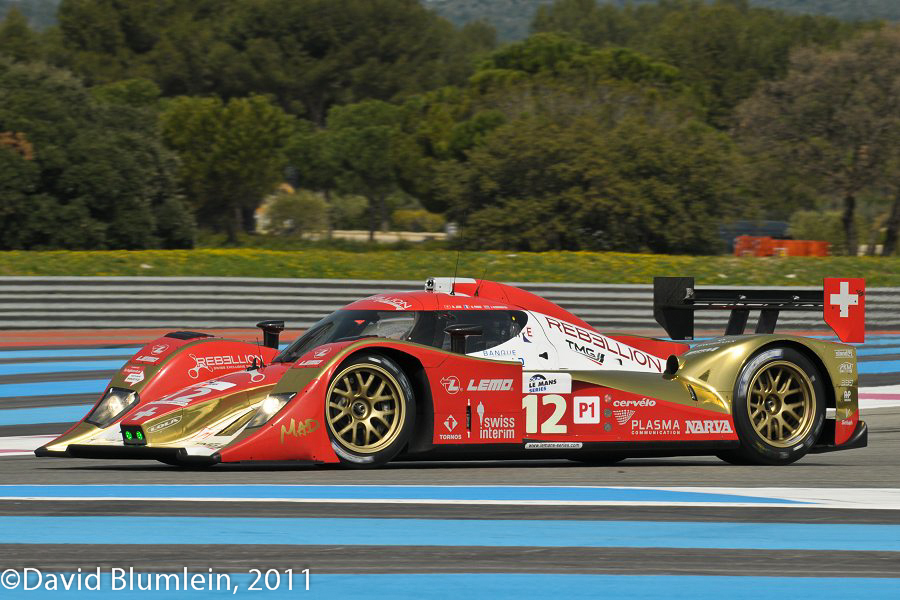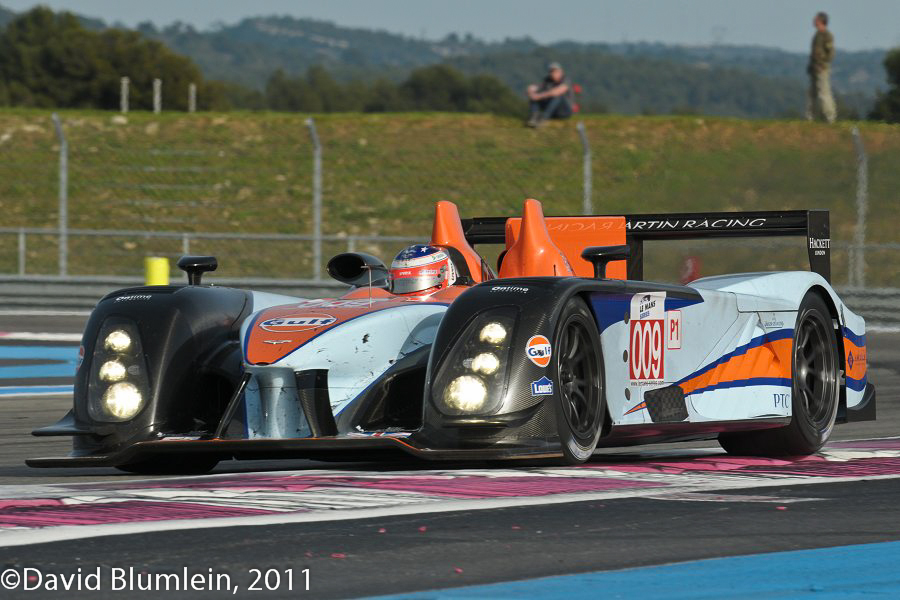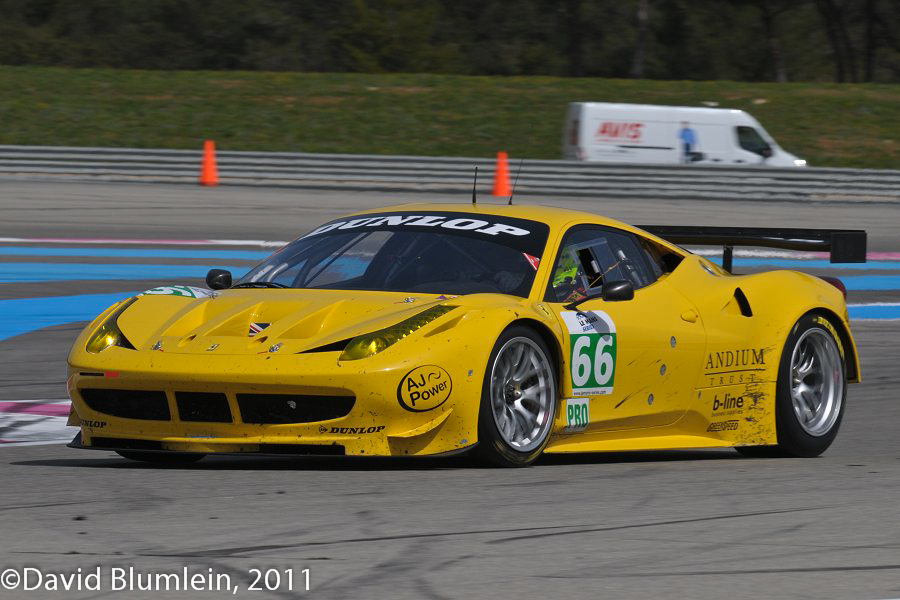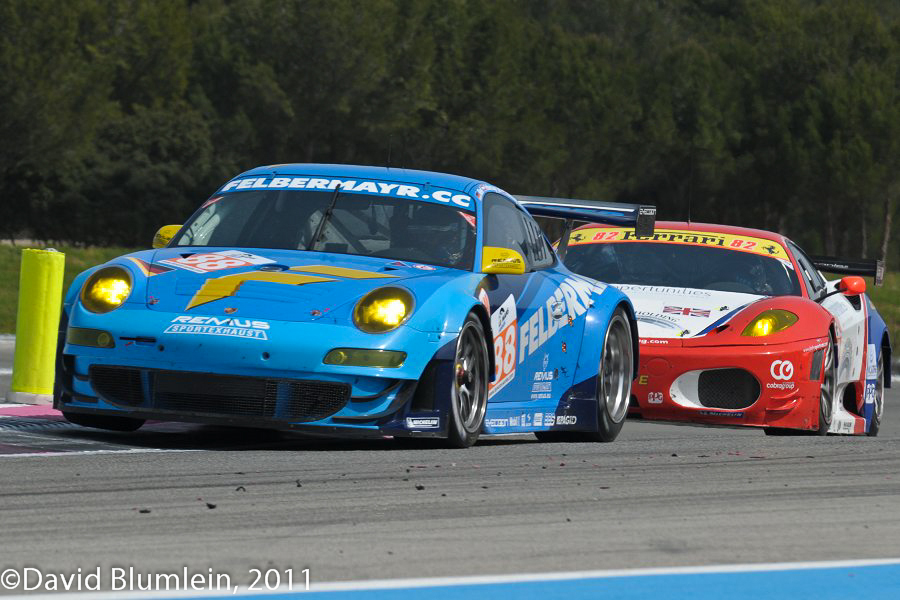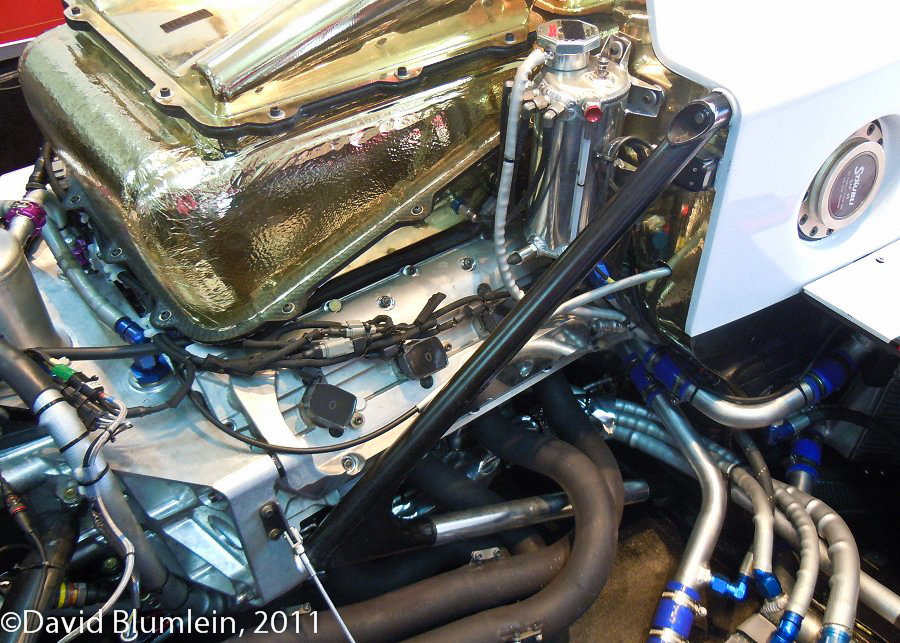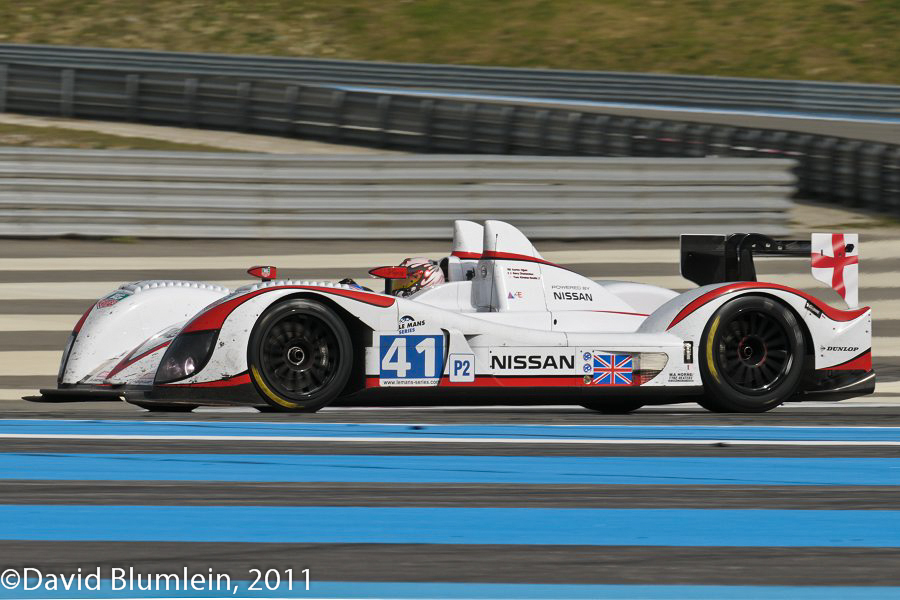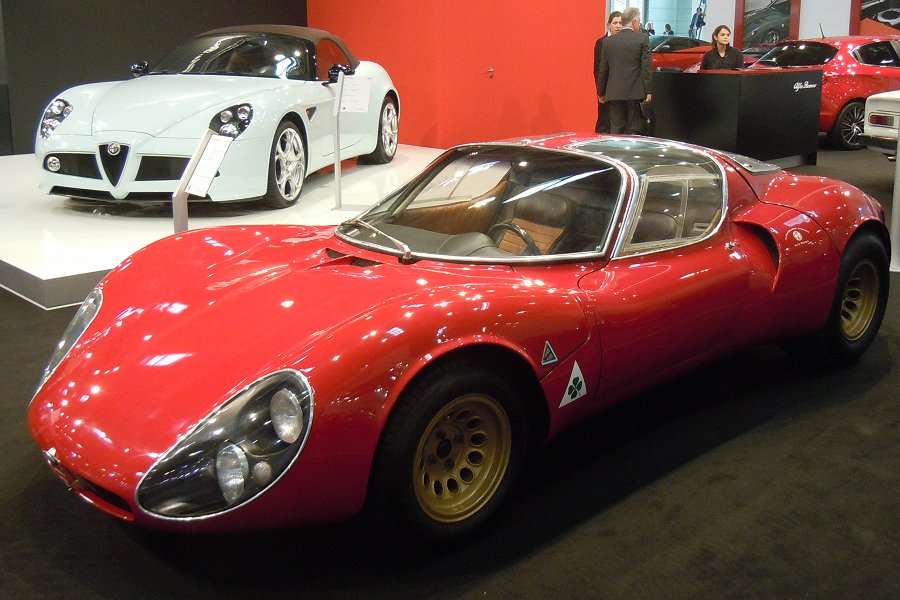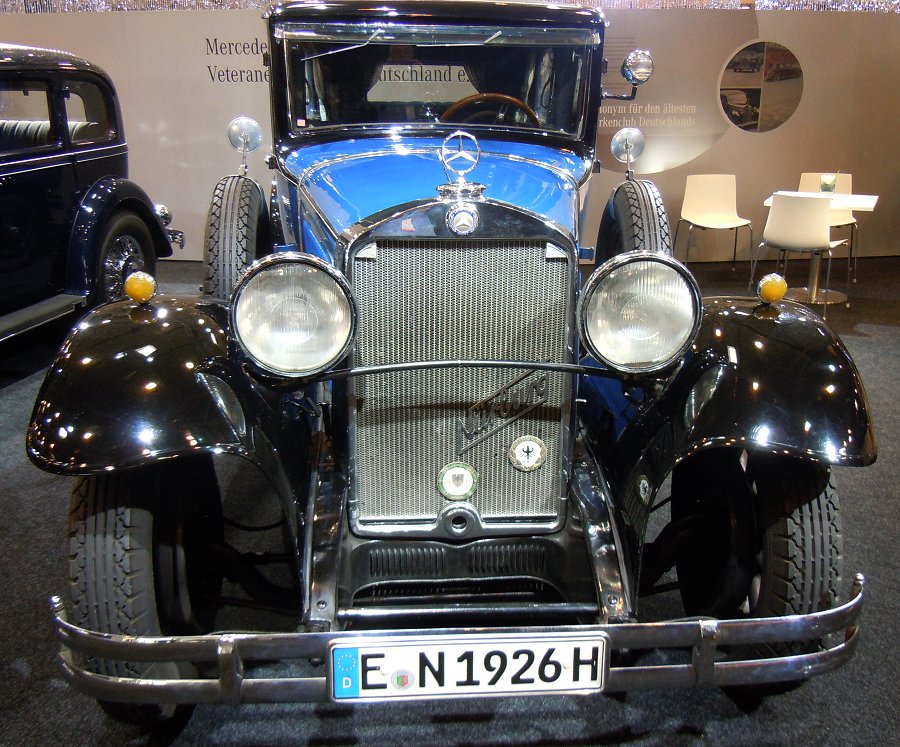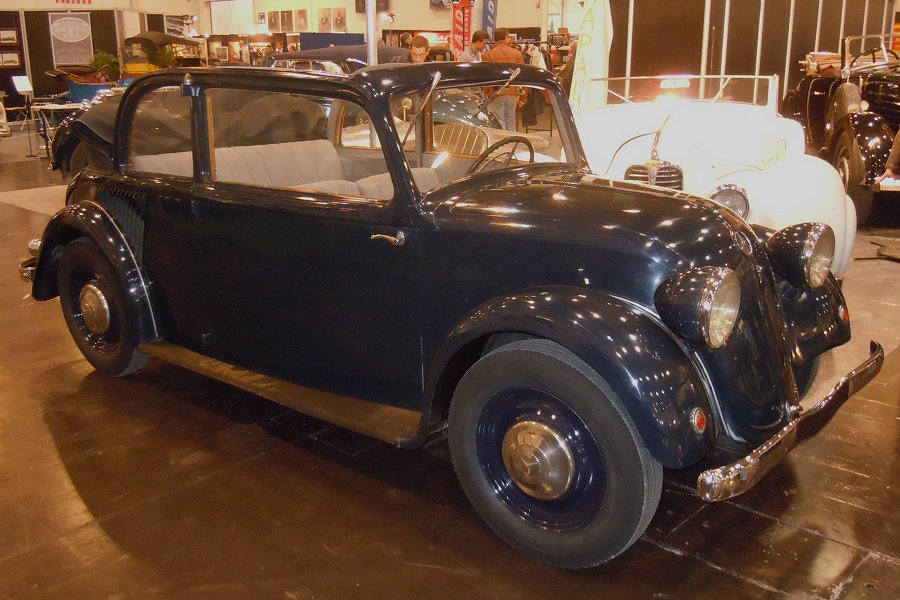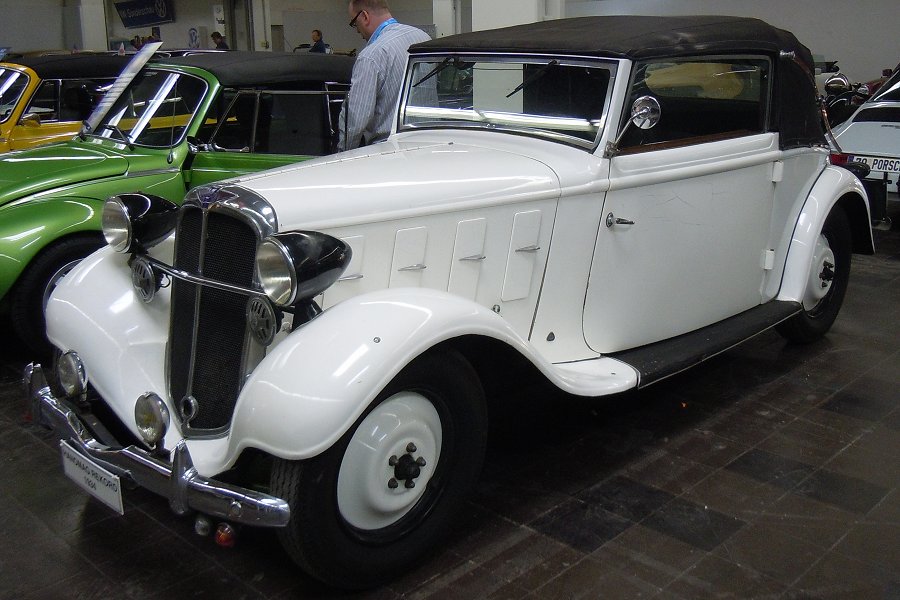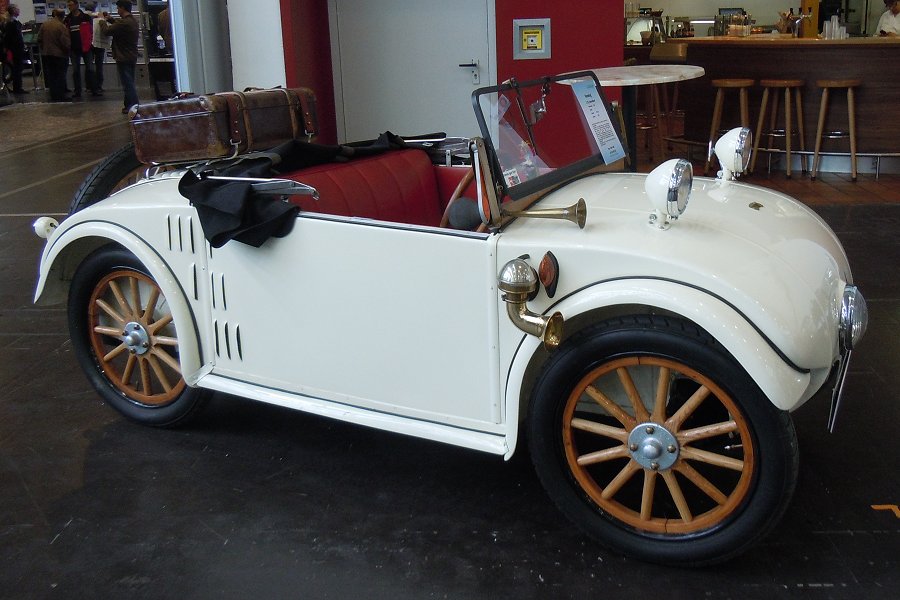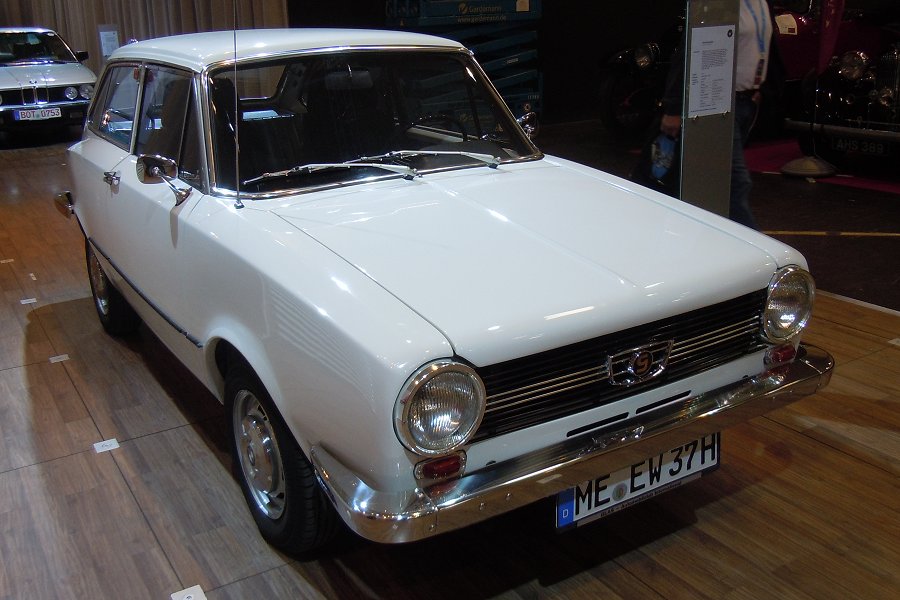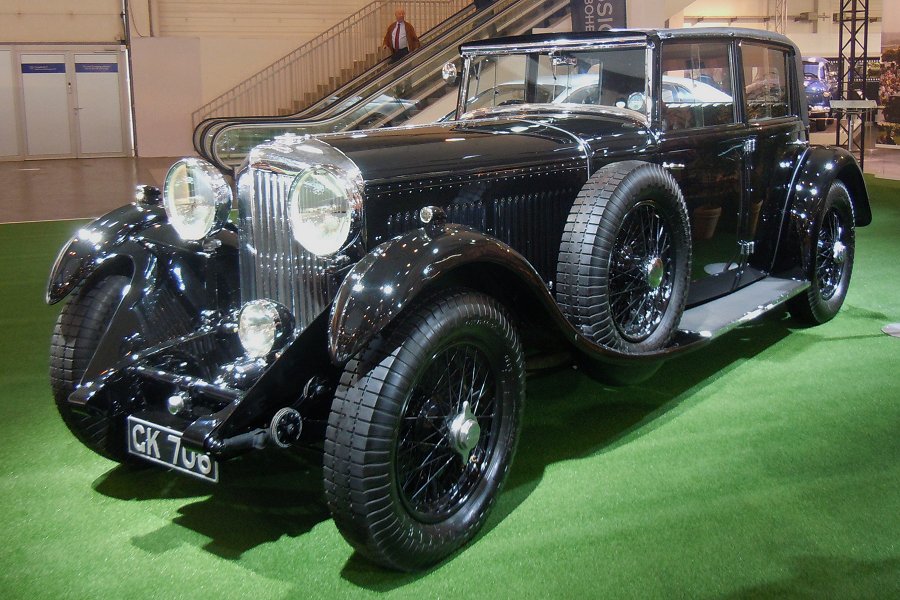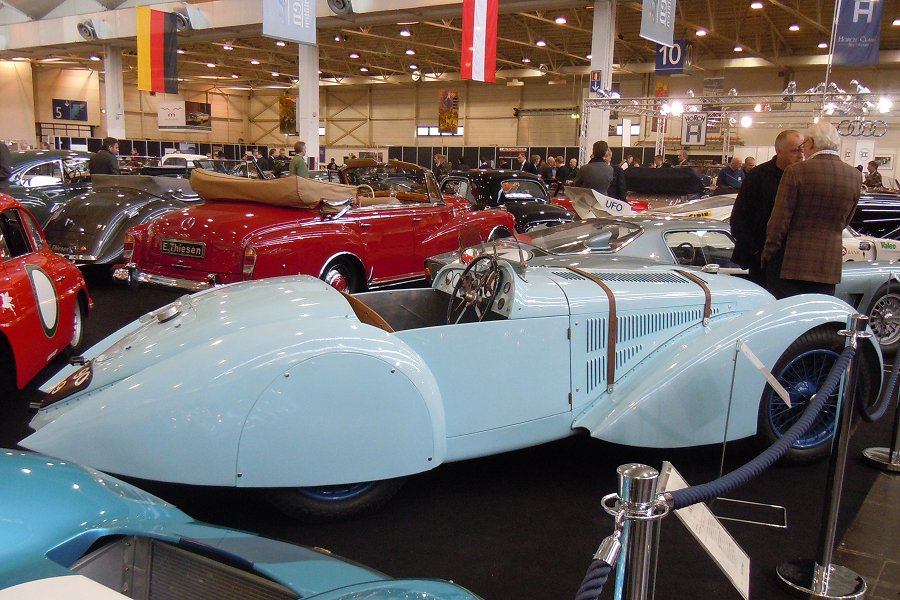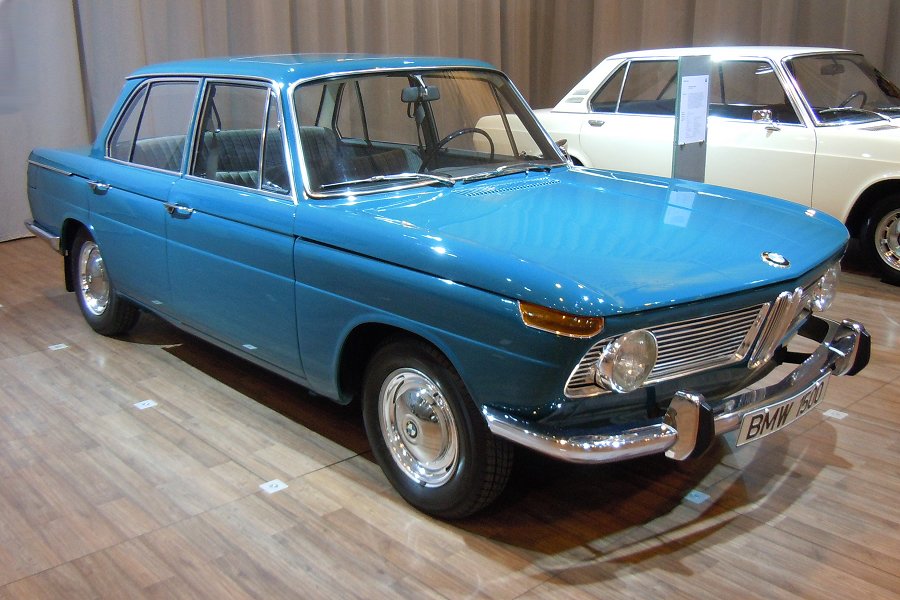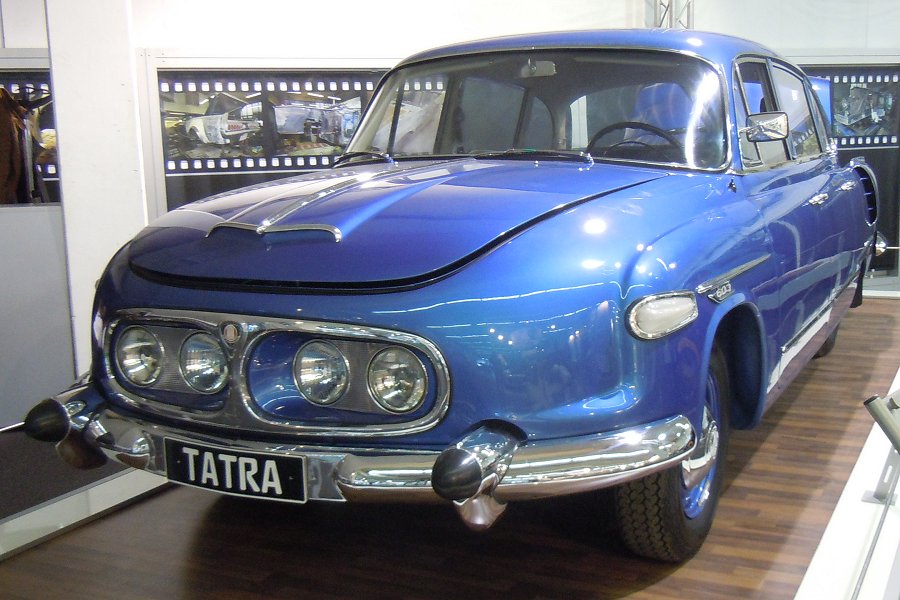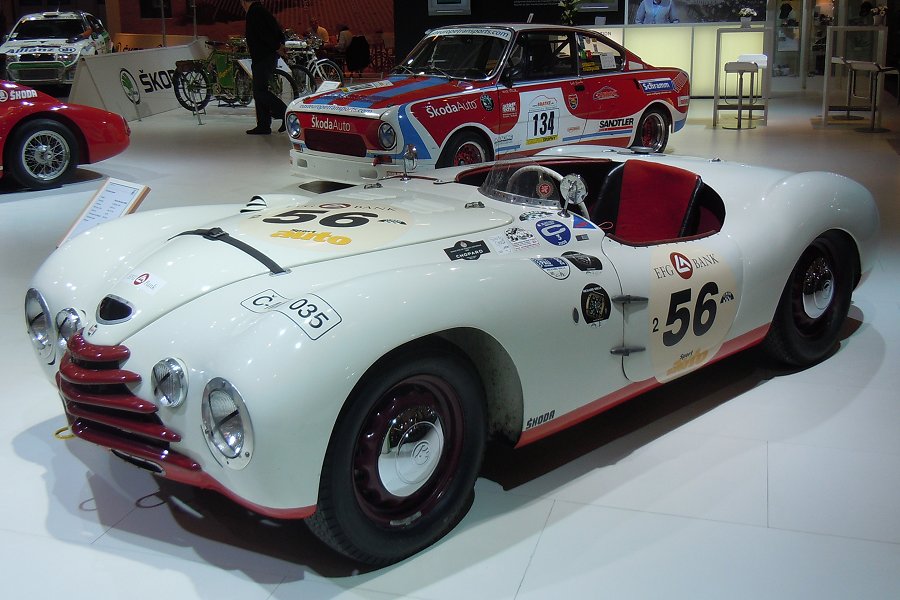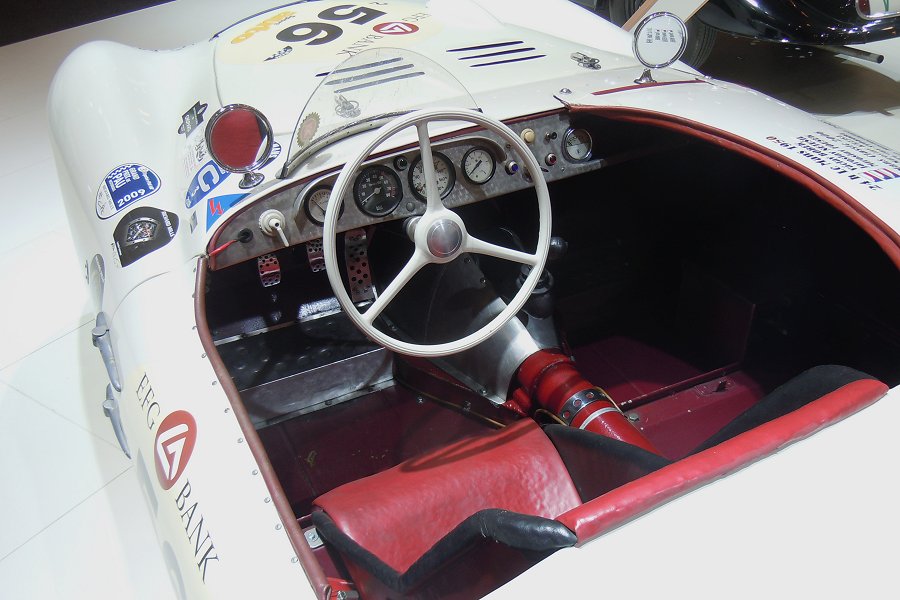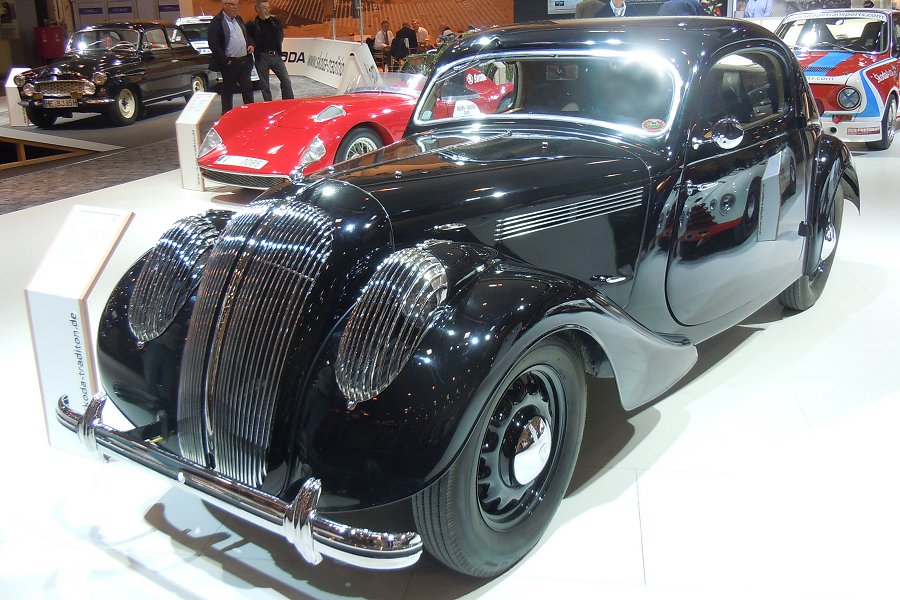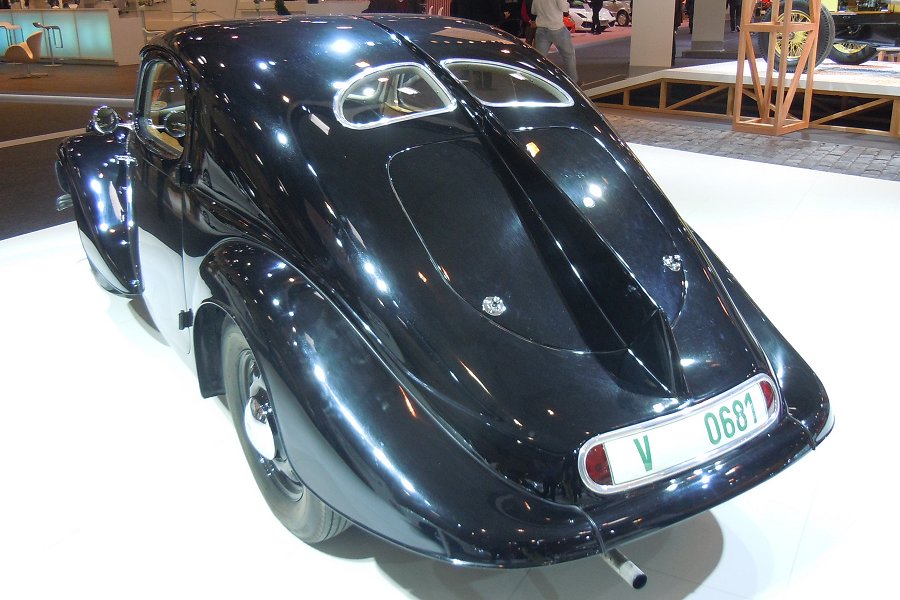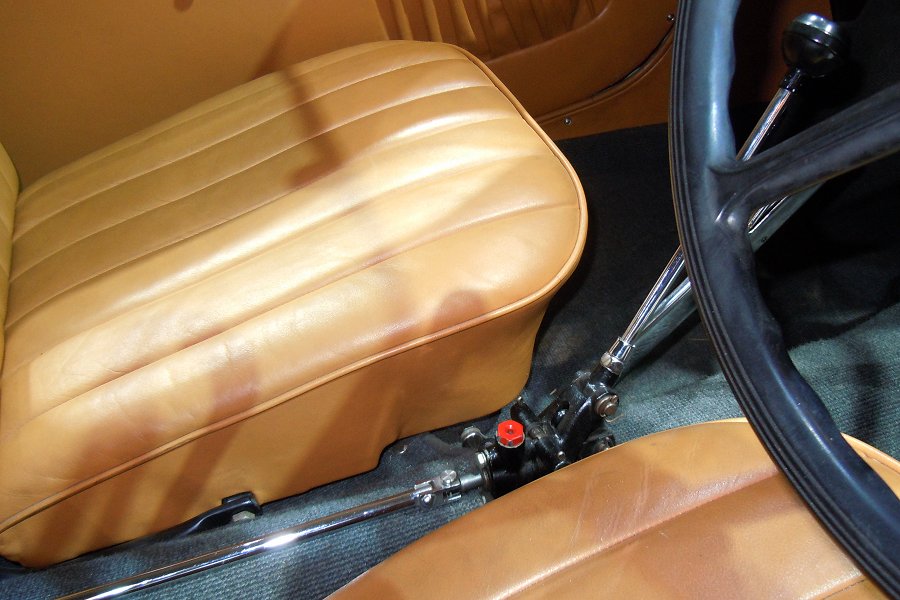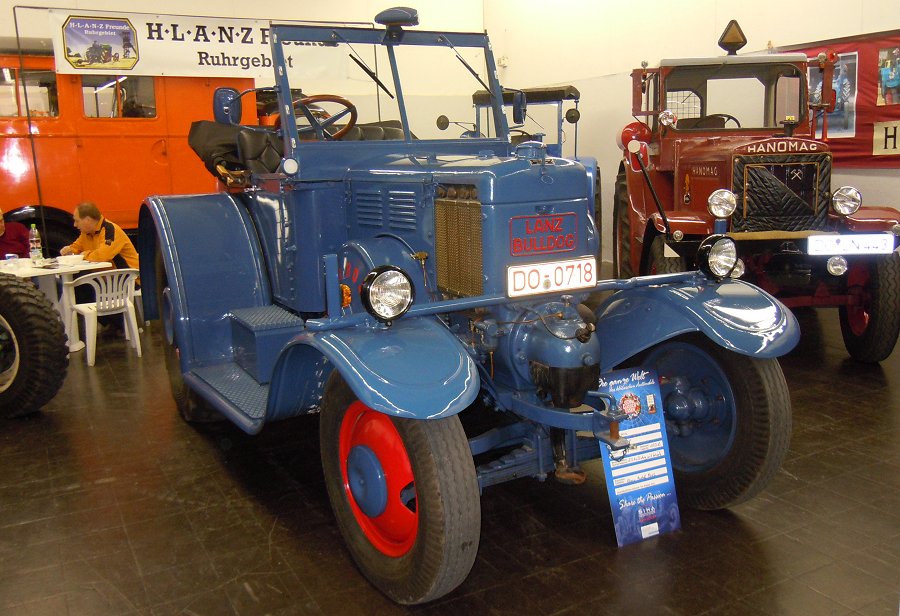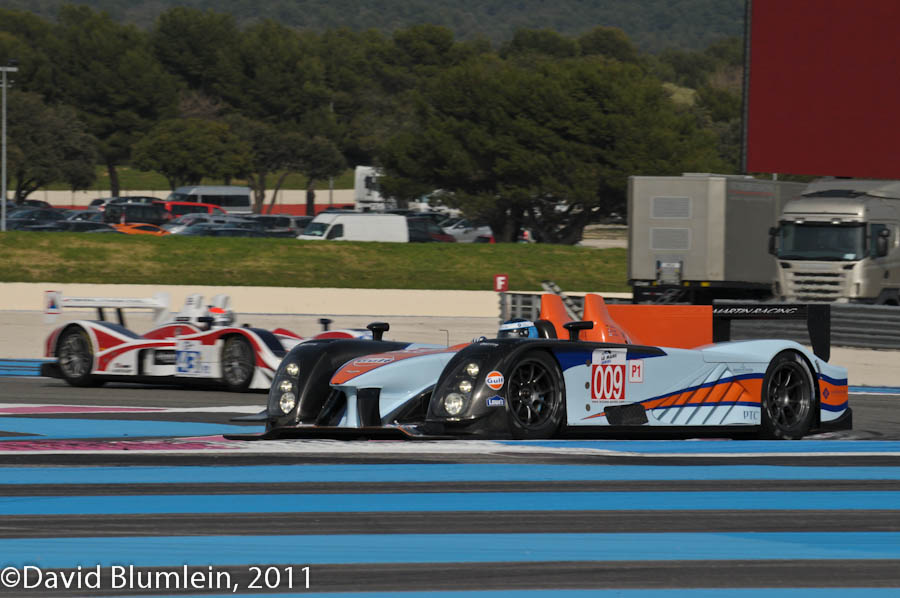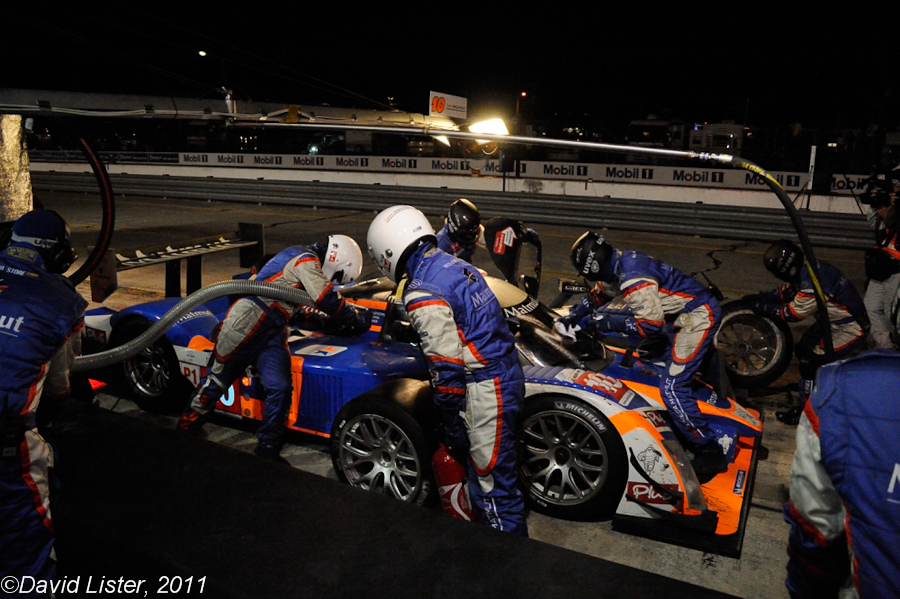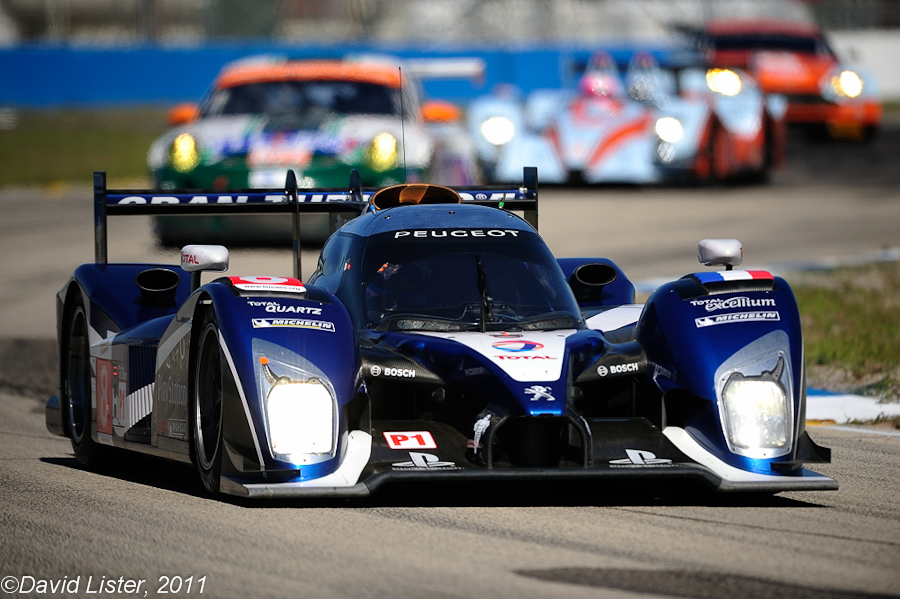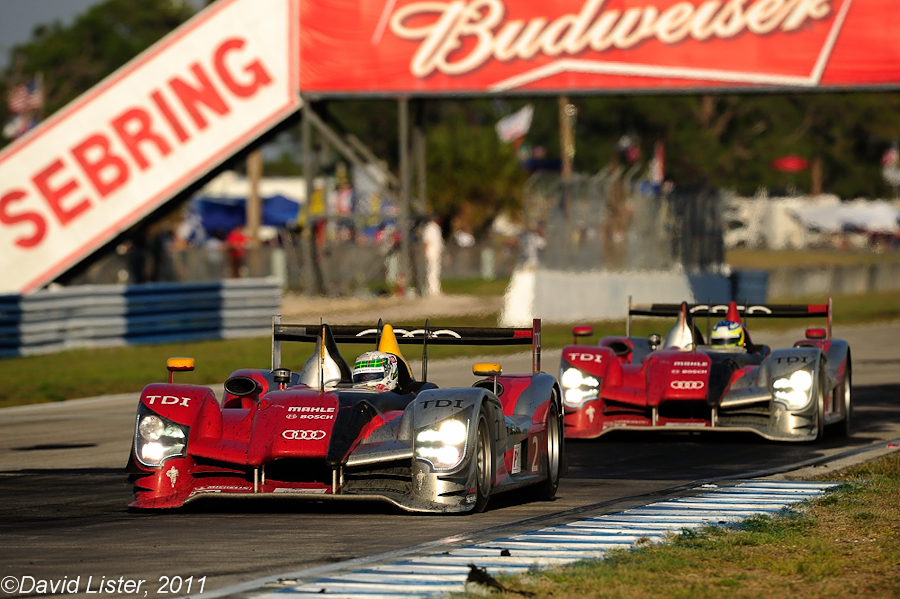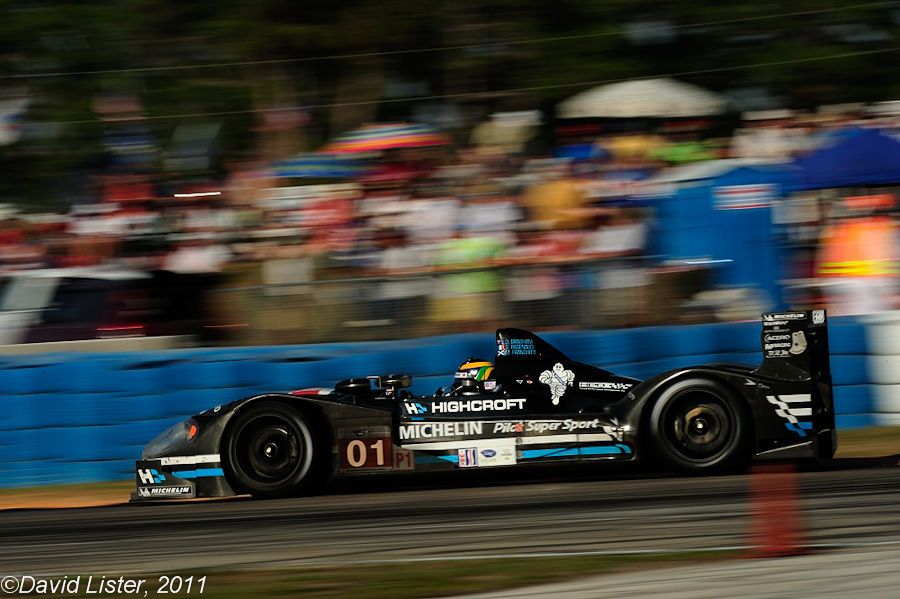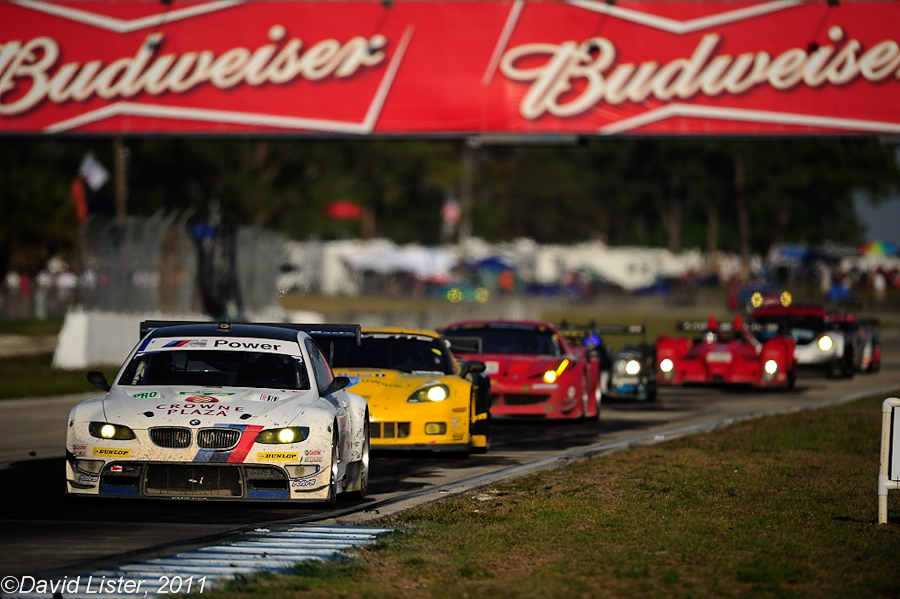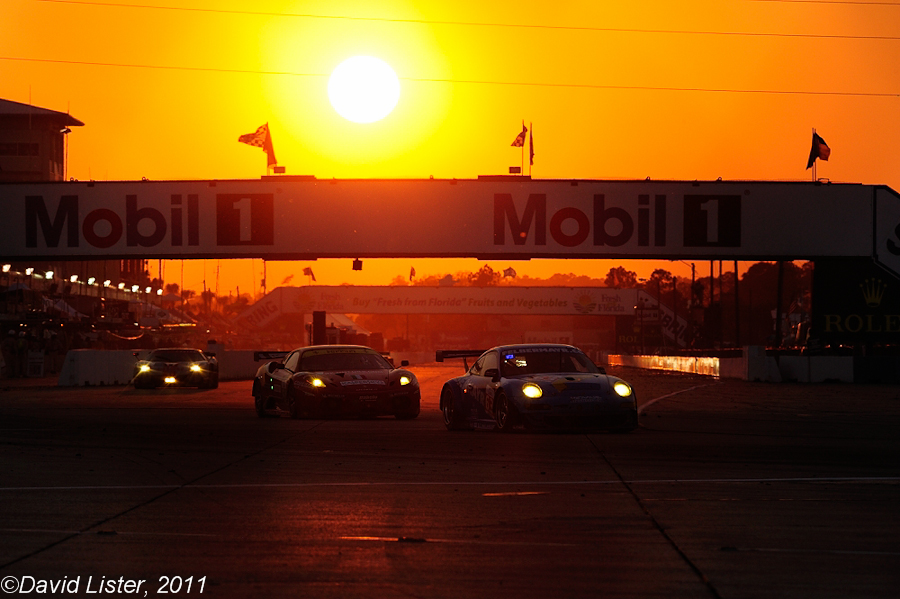Seventeen years ago today the world of motorsport was shaken to the core. The San Marino Grand Prix held at Autodromo Internazionale Enzo e Dino Ferrari on 1st May 1994 proved to be a pivotal point in the history of Formula One. The paddock was still reeling under the shock of the death of Roland Ratzenberger during Qualifying the day before. Then, the unbelievable happened, the World’s top driver, Ayrton Senna, lost control of his Williams Renault FW16, left the track and suffered fatal head injuries. Ten years before I had spent a season following the Brazilian round England, while he won the Marlboro British Formula Three Championship. It seems some how appropriate to recall that time, today.
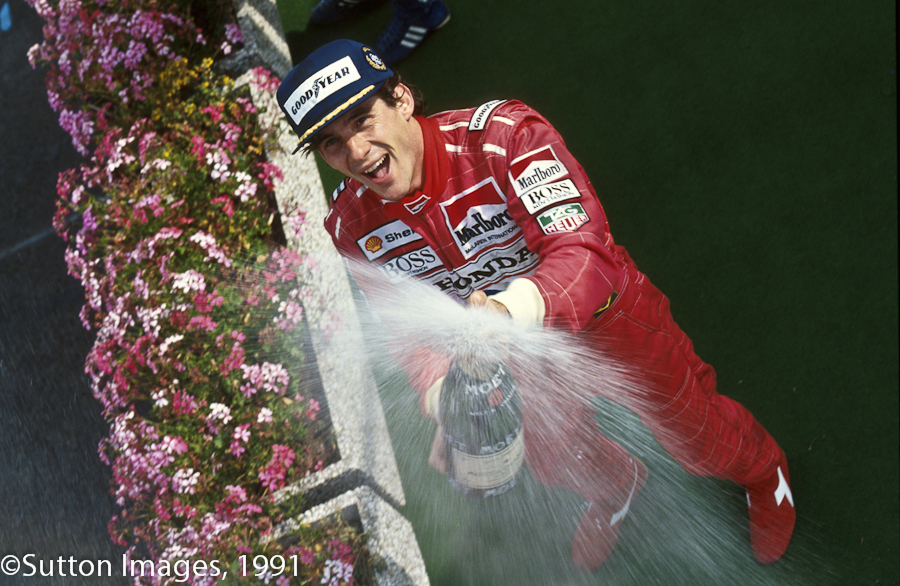
I’m on Top of the World, Ma.
The dictionary tells us that A genius is something or someone embodying exceptional intellectual ability, creativity, or originality, typically to a degree that is associated with the achievement of unprecedented insight.
How do we apply this term than to motorsport? I suppose it gets tagged to something or someone who is beyond exceptional. I have encountered a few in my time of following the sport but arguably the greatest example of this label that I witnessed was back nearly 30 years ago in 1983.
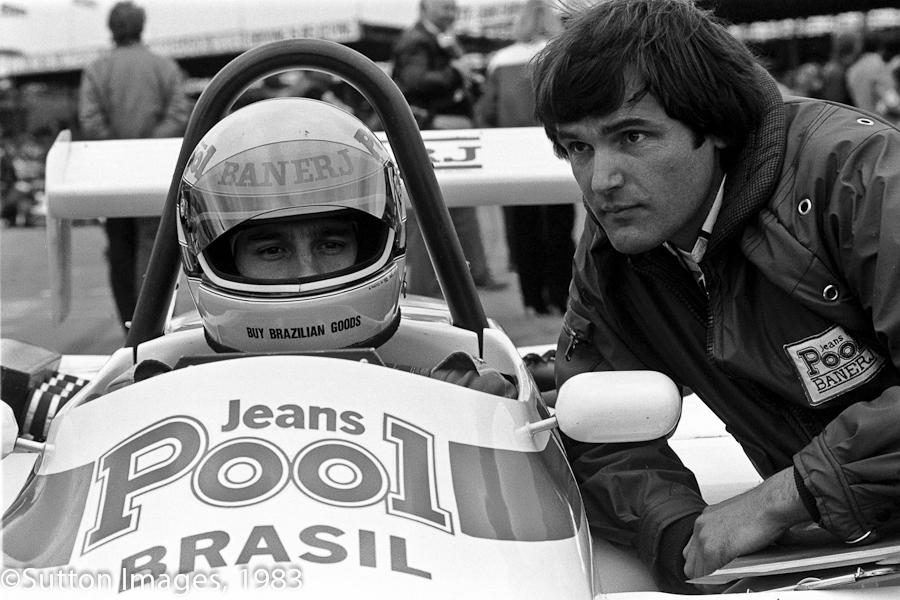
The Guru
At that time I lived in a small hamlet called Charlton Village, a place of farms and two small housing developments surrounded by the massive water reservoirs that supply West London. There were also some small industrial estates and on one of these was located West Surrey Racing. Formed in 1981 as a partnership between entrepreneur Mike Cox and motorsport engineer, Dick Bennetts. Bennetts had worked for Ron Dennis running the Project Four BMW M1 ProCar entry for Niki Lauda and later Hans Stuck. During the 1980 season he had been parachuted into the P4 Formula Three team that was struggling with the then new Ralt RT3. The Kiwi managed to put some order into the project to the extent that Stefan Johansson was able to snatch the Vandervell British Formula Three title at the last race.
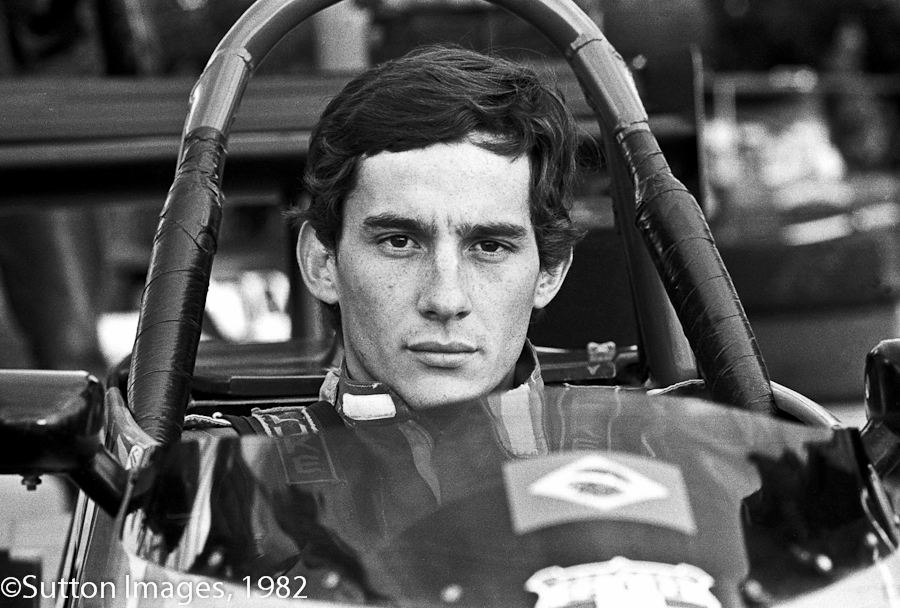
Portrait of the Young Man as an Artist
Ron Dennis had his eyes on McLaren and Formula One for 1981 so West Surrey Racing took over the successful chassis and scored another title win for Jonathan Palmer. 1982 saw almost a hat trick of Championships for the outfit but Enrique Mansilla was narrowly beaten by Tommy Byrne. WSR were the top dogs of British Formula Three.
There was an end of season non-championship race held at Thruxton back then, an opportunity to test out new talent. WSR had another South American in the hot seat, Ayrton Senna da Silva. The Brazilian had swept all before him Formula Ford 1600 and 2000 and was marked out as a rising star. Senna shrugged the opposition aside on that cold November day. He had laid down a marker to his opponents for 1983.
There was quite a racing community based around that part of the world that I lived in, F1 teams Brabham, McLaren and Tyrrell were all locals and the Ralt factory was also located nearby. One of the favourite places for social interaction was an old pub based in Shepperton, The Kings Head. Characters as diverse as Brabham team manager Herbie Blash, sportscar legend David Yorke and of course Dick Bennetts could be found propping up the bar on a regular basis and there was a full supporting cast of mechanics and wannabes like myself. At that stage I had one of Dick’s mechanics renting a room in my house and I would regularly visit the workshop to see what “my team” was up to. My wife had even made some of the team’s uniform during their first two seasons, F3 was still a bit of a cottage industry back then. The gang at The Kings Head felt part of the extended family of WSR.
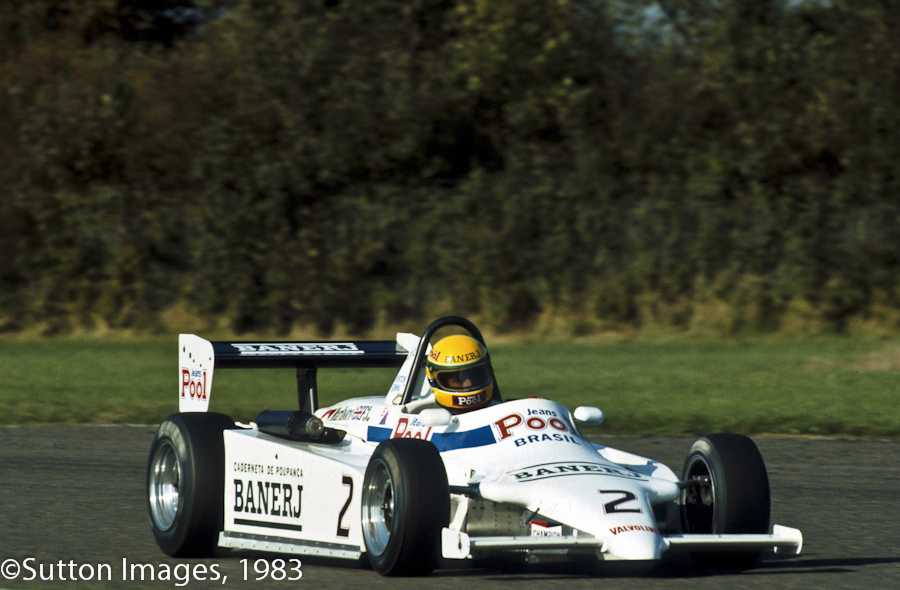
Man and Machine
However the feeling of intimacy with team changed on the arrival of Ayrton. Strange to say unlike the previous drivers I did not really get to know Senna. He was polite enough but somewhat reserved, part shyness but mainly that he was at all times fully focused on the task in hand, that of winning the 1983 F3 Championship and getting into Formula One. His briefings with Dick Bennetts have passed into legend with the disciplined and methodical approach of the engineer allied to the fierce commitment and work ethic of the Brazilian producing set-up sheets and data logging rarely found outside of F1 at that time. No effort was to be spared in the pursuit of victory.
While the combination of Senna and WSR were the Bookies’ favourite there was considerable opposition before honours could be won. Leading the charge was Martin Brundle who was also lining up in a Ralt RT3, this example for Eddie Jordan Racing. Other contenders were expected to be Davy Jones, Allen Berg, David Leslie, Calvin Fish and Johnny Dumfries but in reality they all became just bit players to the drama that surrounded the two leading protagonists.
If one had considered the position of the Championship after the 9th round and approaching the halfway point, drama would have been the last word to be used. At that time nine points were awarded for a race win plus one for fastest lap, so theoretically the maximum points that anyone could have scored at that point in the season was 90………..Senna had 88.
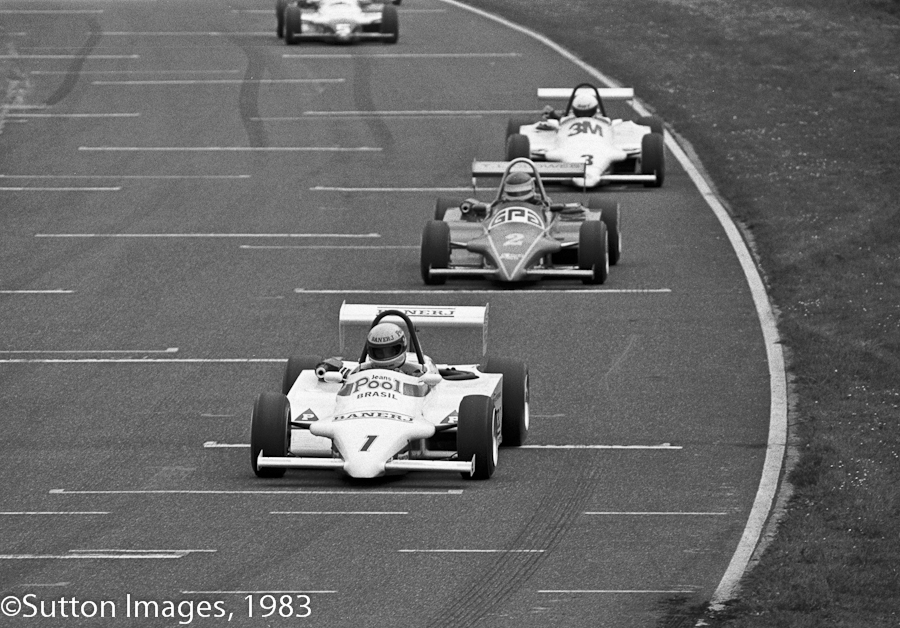
Leader of the Pack
On March 6th the grid had formed up at the Silverstone Club Circuit to open the 1983 Marlboro British Formula Three Championship, David Leslie was on pole but Senna roared away at the start and drove just fast enough to take victory. This proved to be the template for the first half of the season except all the other races would see the Brazilian on pole. So there would be wins for WSR at Thruxton, Silverstone GP, Donington, Thruxton, Silverstone Club, Thruxton, Brands Hatch and Silverstone Club. Add in seven fastest laps and the position is one of complete dominance over the rest of the grid. Well not quite, as Martin Brundle has finished second eight times, third once plus two fastest laps. Each defeat seemed to spur on the Englishman to greater efforts, he wanted more than ever to get on terms with the Brazilian and he was about to get his chance.
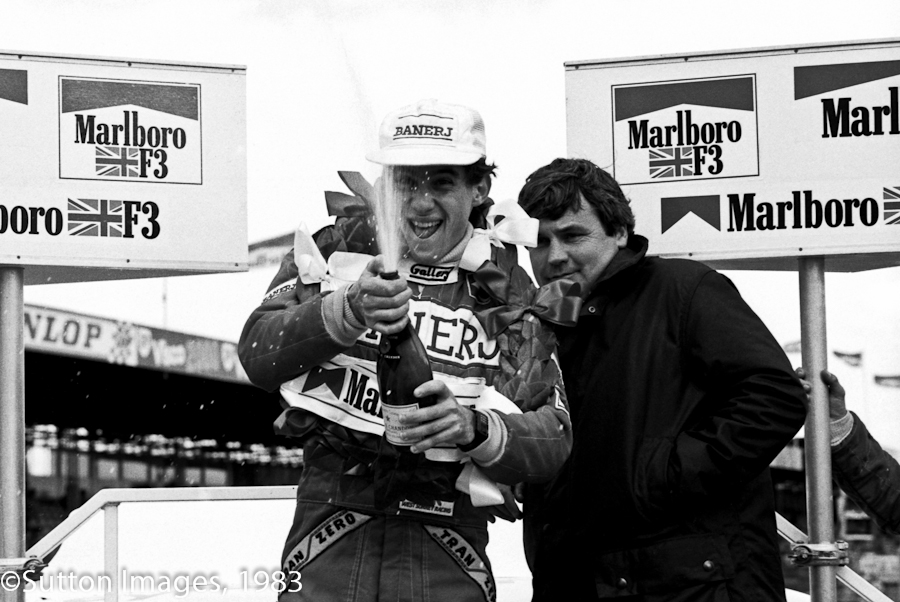
Champions
The 10th round of the Championship was run in combination with the European Series. The choice for the British entries was to run on the control Avons and score points or run the sticky Yokohamas or Michelins and be faster. As three scores had to be dropped during the season both Senna and Brundle opted for the faster Yoko rubber. However EJR had much more experience on these tyres and got their set up right, whereas WSR struggled and went the wrong way. The result pole position and a flag to flag win for Martin Brundle. Ayrton has one spin, recovered but trying too hard comprehensively thumped the barriers at Woodcote, a bit embarrassing.
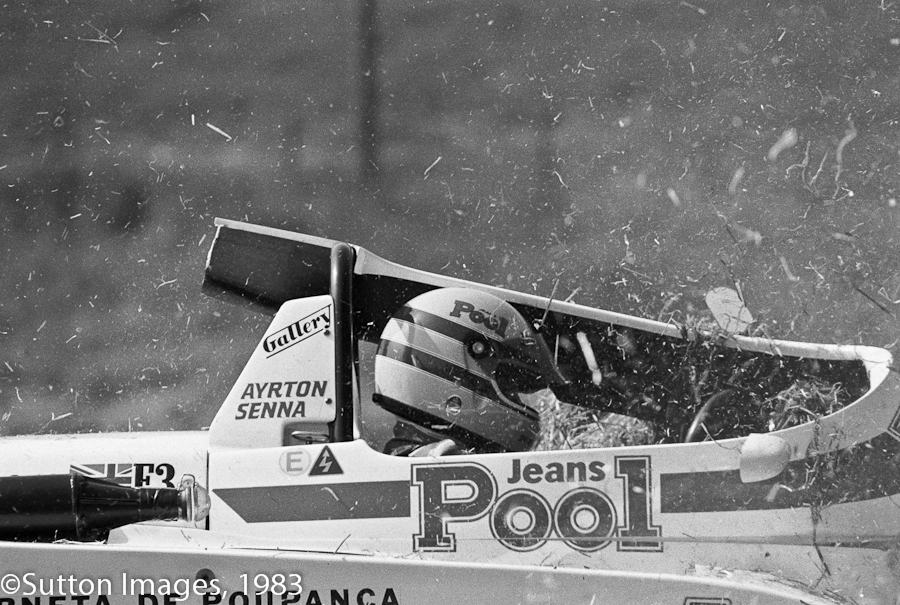
I have been to the Mountaintop
It got worse for the Championship leader, next round at Cadwell park, he did not even make the race. Duelling with Brundle for pole he trashed the Ralt on the Mountain causing yours truly to jump for cover. The pressure was getting to Ayrton. Brundle duly won the race making up more ground.
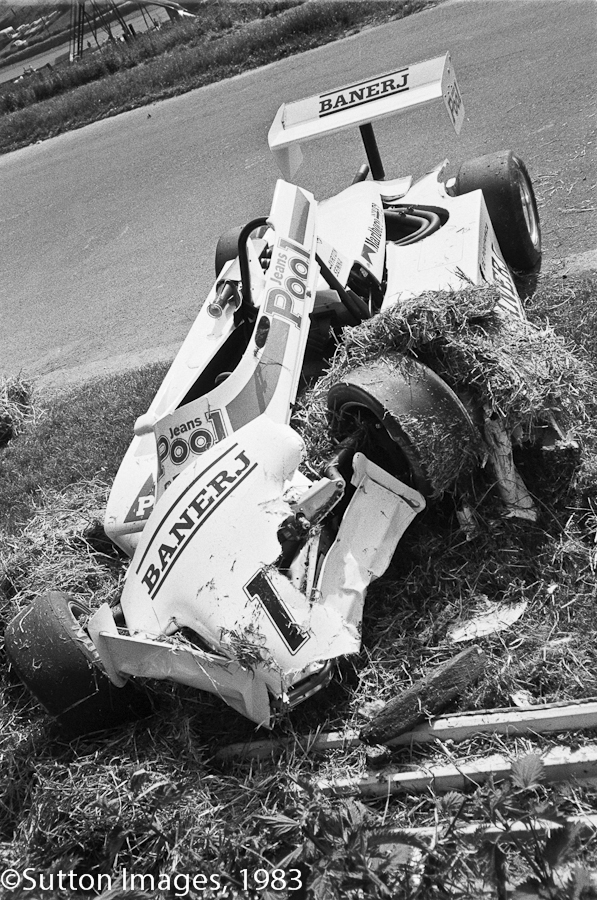
Crash Landing
The action reached boiling point at Snetterton when the two drivers made contact after an optimistic move from Senna was blocked by a resolute Brundle. Another win for Martin, another retirement for Ayrton. The Stewards were kept occupied for hours trying to work out who, if anyone was to blame. No conclusion was reached but relations between the drivers and both the teams was strained to say the least. Certainly the crew at WSR were not happy not least because they had to set to and rebuild the car once again. This was having a serious effect on progress, as Dick Bennetts put it at the time “You can’t go testing when you are spending late nights rebuilding a car.” The Kings Head saw precious little of the team personnel during the mid summer period.
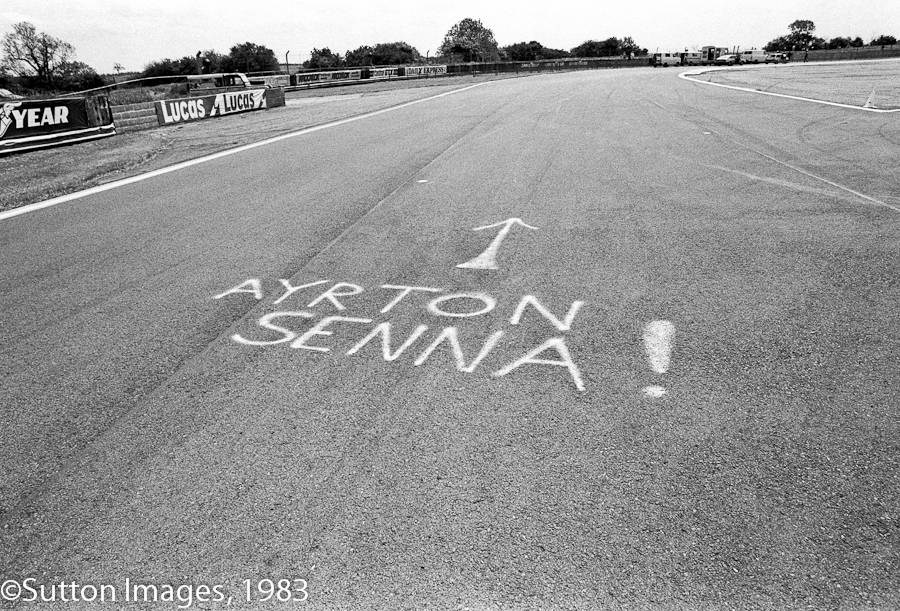
Sign of the Times
The old order was restored at the British Grand Prix support round with Ayrton taking another trademark win in front of what he hoped would be next year’s employers. During 1983 I started working with Keith Sutton, then on his way to be one of the great F1 photographers. He had become a kind of press officer to Ayrton since linking up together in FF1600 days. During 1982 Ayrton and Keith had taken the then revolutionary step of sending out press releases of Ayrton’s triumphs in FF2000 to any interested parties including the bosses of all the Formula One teams. A simple idea, well executed, typical of Ayrton’s ability to think five moves ahead.
A few weeks later the tables turned once again in the now compelling contest as Brundle dominated the Donington round putting in a Senna-esque performance that had WSR scratching their collective heads.
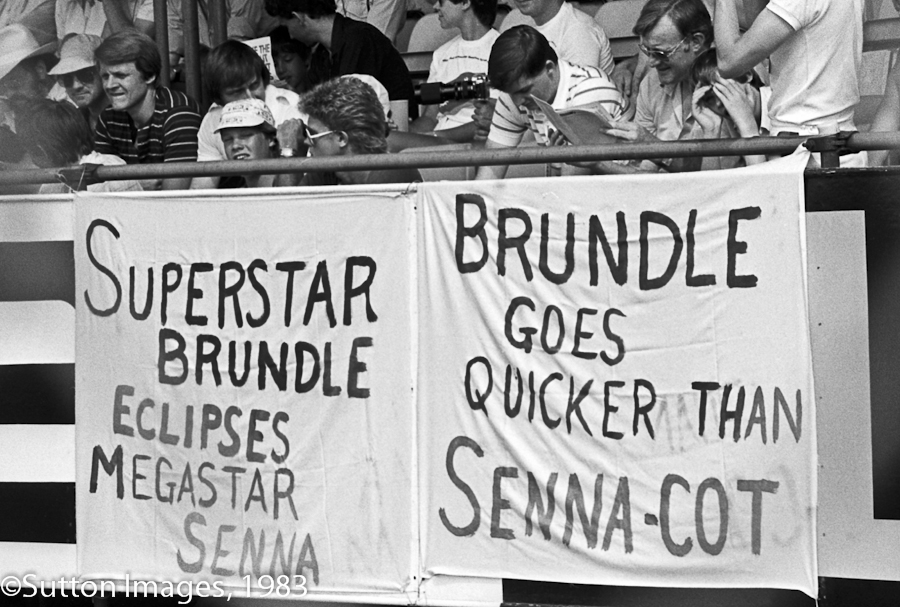
Normal for Norfolk
Controversy returned at the following round held at Oulton Park. The pair were scrapping for the lead when Ayrton tried a move that stepped over the boundaries of recklessness. The result was that both cars retired with the WSR Ralt ending up perched on the top of the EJR example. The Stewards moved swiftly to nip this nasty situation in the bud, someone was going to get badly hurt if the fight was allowed to escalate. The Brazilian got a £200 fine plus an endorsement on his licence, this was not popular with WSR. Another race another rebuild.
Then tragedy struck the EJR outfit when the truck bringing their car back from a Euro F3 race went over a cliff killing the team’s chief mechanic, Rob Bowden. This shattered the team so it was no surprise that the next race at Silverstone went to WSR and to add insult to injury the EJR Ralt was declared illegal after failing a check on skirt heights.
Despite all this the contest was far from finished. The momentum swung back to Brundle as he swept up the next three races at Oulton Park, Thruxton and Silverstone. Worse for Senna was the pair of non-finishes with yet another accident at Oulton Park and engine problems at Thruxton. Second at Silverstone was a poor return.
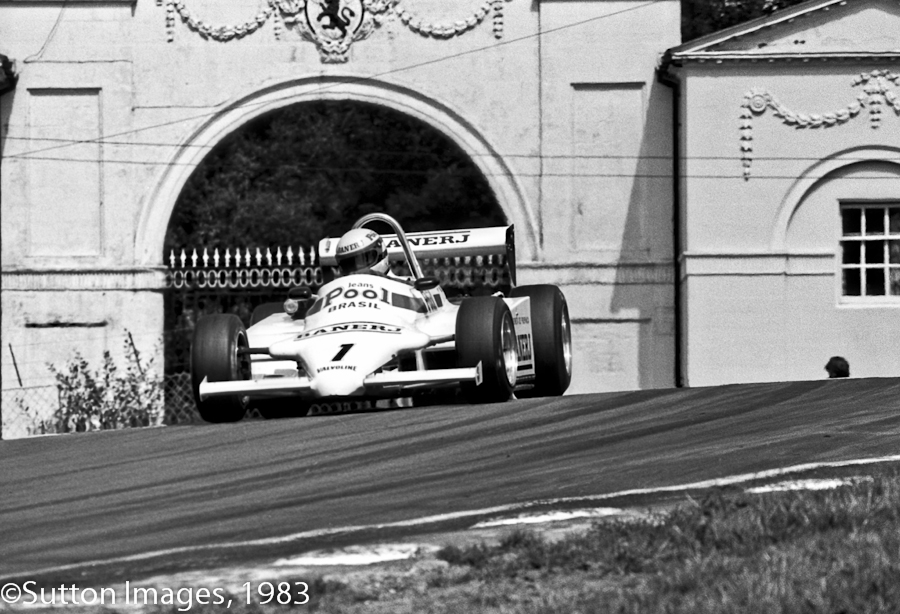
Triumphal Arch
So amazingly going into the final round, number 20, at Thruxton Brundle held a one point lead, at least if you looked at the table. The reality was once the three worst results were dropped, the advantage swung back to Senna by three points. That would be enough and Ayrton and WSR regained their composure to win the final race and the Championship. It had been a hell of a fight.
The WSR camp followers all motored back up from Hampshire after the race and took over The Kings Head, then on to a celebratory dinner at The Riverview Club, also in Shepperton. Needless to say the whole party, including Ayrton, and even his Mother, were extremely well refreshed by the end of the evening.
Perhaps at the time we had not appreciated what we had witnessed during the year but those at the sharp end were under no illusions. Senna reflected “At the beginning, we had our car set up better than the others. Then, the others caught us up. I have done a few mistakes, but still, we have done all we could do. A couple of times we were not so lucky, like at Oulton in practice when something broke and at Thruxton with the petrol thing. Dick is right: it takes away from our development time and all the time Martin is getting the advantage, getting the points. I don’t feel it is a pressure situation for me. Nothing has changed, only perhaps a little bit of luck and that has been with Martin.”
Brundle summed up his approach to the second part of the year, “He’s not unbeatable. After the Euro round at Silverstone I just forced the pace and let him worry about how fast I was going. Psychologically it shifted all the pressure on to him.”
Dick Bennetts was perhaps the best placed of us all to assess just how good his man had been. “He’s the best. Amazingly quick, clever in the car and he always wants to win. I’ll still be here when he moves on, but it is good when both the team and driver make each other look good.”
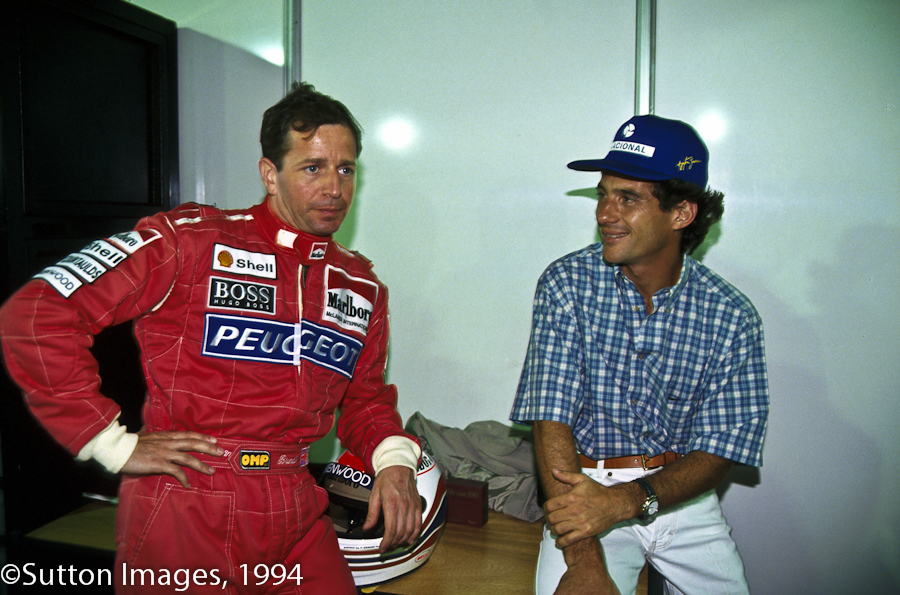
In truth the title could have gone either man and no one could have been disappointed. Perhaps the massive achievements of the Brazilian in his Formula One career mean that looking back it seems inevitable that he would come out on top. Back then, approaching the Thruxton decider it was not so certain, even to man so convinced of his destiny as Ayrton Senna. The rest of the field was nowhere compared to the Dynamic Duo and they included future Grand Prix drivers and Le Mans winners, it was an incredible performance from them both.
John Brooks, May 2011
